February 1, 2017
10 min read

What It Would Take to Reach the Stars
A wild plan is taking shape to visit the nearest planet outside our Solar System. Here’s how we could get to Proxima b
By Gabriel Popkin & Nature magazine
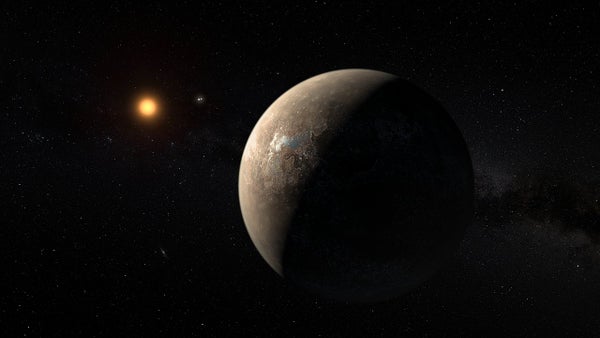
Artist's conception of Proxima Centauri b, with Proxima Centauri and the Alpha Centauri binary system in the background. The actual appearance of the planet is unknown.
Anybody who longs to see an alien world up close got an exciting gift last year. In August, researchers reported the discovery of a potentially habitable, Earth-sized planet orbiting the Sun’s closest stellar neighbour— Proxima Centauri , a mere 1.3 parsecs, or 4.22 light years, away.
It’s a tempting—some might say irresistible—destination. Sending a spacecraft to the planet, dubbed Proxima b, would give humans their first view of a world outside the Solar System. “Clearly it would be a huge step forward for humanity if we could reach out to the nearest star system,” says Bruce Betts, director of science and technology for the Planetary Society in Pasadena, California. The data beamed back could reveal whether the alien world offers the right conditions for life—and maybe even whether anything inhabits it .
The idea of reaching Proxima b is not just science fiction. In fact, a few months before the discovery of the exoplanet, a group of business leaders and scientists took the first steps towards visiting the Alpha Centauri star system, thought to be home to Proxima. They announced Breakthrough Starshot , an effort backed by US$100 million from Russian investor Yuri Milner to vastly accelerate research and development of a space probe that could make the trip. When Proxima b was found ( G. Anglada-Escudé et al . Nature 536, 437–440; 2016 ), the project gained an even more tantalizing target.
On supporting science journalism
If you're enjoying this article, consider supporting our award-winning journalism by subscribing . By purchasing a subscription you are helping to ensure the future of impactful stories about the discoveries and ideas shaping our world today.
Getting there won’t be easy. Despite Proxima b’s name, it is still nearly 2,000 times farther from Earth than any human-made object has ever travelled. To reach it within a scientist’s working lifetime, a probe would have to reach around one-fifth the speed of light and navigate a treacherous path through unseen debris in our own Solar System and interstellar space. Then it would need to collect useful data during a 60,000-kilometre-per-second fly-by of the Proxima system, and beam the information back across the 4 light years to Earth. It all amounts to a monstrous engineering challenge, but project researchers say it is possible and are now moving towards that goal.
Laser-propelled probes could make the interstellar journey to exoplanet Proxima b within fifty years. Nature Video finds out how.
Other groups are also aiming for nearby stars, but none has the momentum—or money—of Breakthrough Starshot. And even astrophysicists who are not involved with Starshot agree that it has the most realistic chance at an interstellar mission in the next few decades, thanks in part to scientists who have published many concept papers on interstellar travel. “Starshot takes the best bits out of all of that, and puts them together into something new,” says Caleb Scharf, an astrophysicist at Columbia University in New York City who is not on the Starshot team.
Leaders of the mission plan to start funding technology-development projects within months, with the aim of launching a fleet of tiny, laser-propelled probes in the next 20 years. The effort would ultimately cost about $10 billion, leaders hope, and take another 20 years to reach Alpha Centauri.
The first truly challenging step in any mission such as Breakthrough Starshot is to accelerate the spacecraft to interstellar velocities. Conventional rockets are out of the question because they can’t store enough chemical energy in the form of fuel, says Philip Lubin, an astrophysicist at the University of California, Santa Barbara, who is on the project’s advisory and management committee. “Chemistry will get you to Mars,” he says, “but it won’t get you to the stars.”
So Starshot is focusing on harnessing light. Since the turn of the twentieth century, scientists have known that light carries momentum and can give objects a push. Researchers at the Japan Aerospace Exploration Agency (JAXA) and the Planetary Society have demonstrated this in space by launching large sails propelled by sunlight. But the Sun’s light isn’t powerful enough to accelerate a ship to Alpha Centauri; that would require an enormous, unwieldy sail, says Betts, who led a team that in 2015 deployed a 32-square-metre solar sail .
Starshot evaluated more than 20 ideas for propulsion beyond the Solar System, but “virtually all” seemed out of reach, says Pete Worden, the project’s executive director. They settled on one that Lubin had proposed, involving lasers. In 2015, Lubin produced a conceptual road map for getting a spacecraft to Alpha Centauri in 20 years ( P. Lubin J. Br. Interplanet. Soc. 69, 40–72; 2016 ). He suggested using an array of lasers on Earth to generate a beam powerful enough to propel a small light sail.
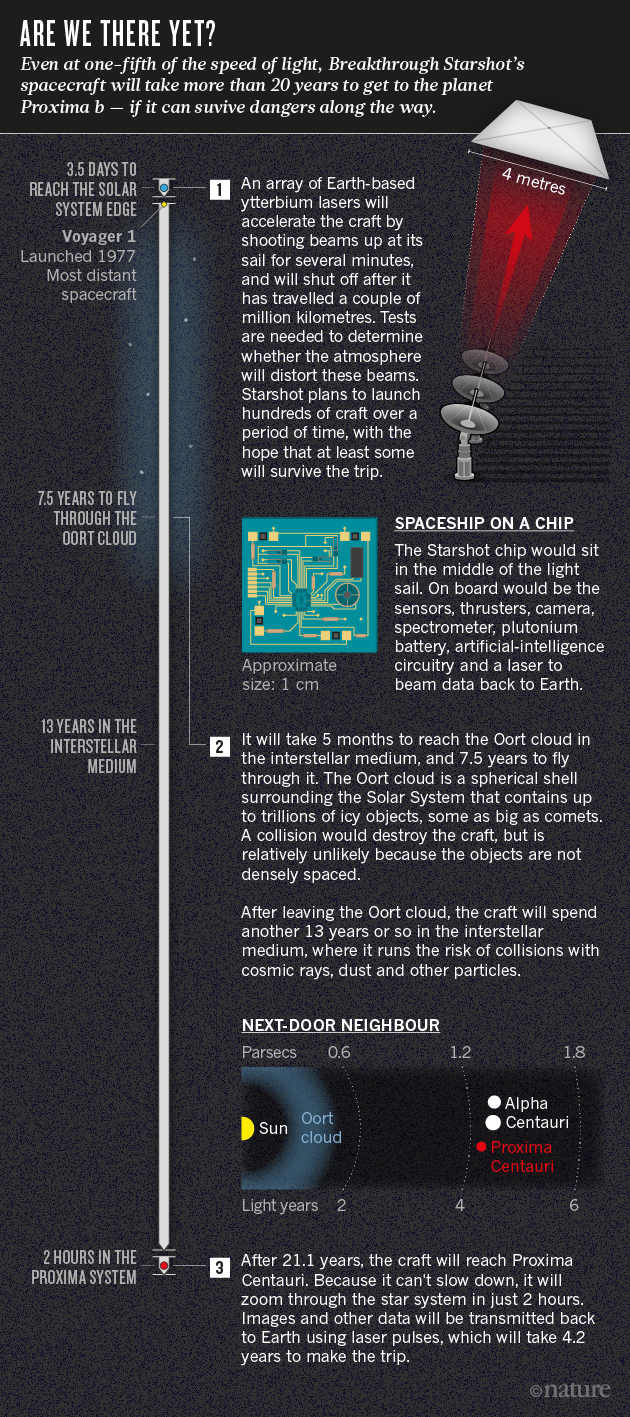
Nature , February 1, 2017, doi:10.1038/542020a
The Starshot team plans to use conventional rockets to send its probes into orbit. Then a 100-gigawatt laser array on Earth would fire continuously at the sail for several minutes, long enough to accelerate it to 60,000 kilometres per second.
Starshot leaders acknowledge that they are counting on breakthroughs from the laser industry. One hundred gigawatts will be a million times more powerful than today’s biggest continuous lasers, which put out hundreds of kilowatts. One way around that gap would be to combine light from hundreds of millions of less powerful laser beams across an array that is at least a kilometre wide. But the beams would all need to be brought into phase with each other so that their light waves add rather than cancel each other out—making the lasers one of the mission technologies that requires the most development work.
The Starshot craft will look like nothing ever launched into space. Imagine a small collection of electronics, sensors, thrusters, cameras and a battery on a roughly one-centimetre-wide chip in the centre of a circular or square sail, roughly 4 metres wide—all weighing just a gram. The lighter the craft, the faster a given force can accelerate it.
To maximize speed and minimize damage from the lasers, the sail needs to reflect almost all the incoming light, although it could let some pass through. Suitable materials already exist in the form of thin layers of electrical insulators that can reflect up to 99.999% of incoming light, close to the threshold needed. But researchers will need to increase production of the exotic materials, and lower their cost. And they need to study how the materials will respond to the intense light levels required, which could produce unpredicted optical effects.
In the acceleration phase, the sail will need to stay extremely flat and actively sense and compensate for imperfections in the laser beam, so that the craft will stay on course; even a slight deviation early on could send it on a wildly different trajectory. One option for doing this is to set the sail spinning, creating a centrifugal force that would pull it taut and allowing beam irregularities to average out over the sail area. JAXA has already demonstrated a spinning solar sail , and the concept “looks extremely promising” for Starshot, says Worden.
Whatever the design, the sail must be strong. A 100-gigawatt laser beam will hit it hard, generating tens of thousands of times the acceleration that an object feels on Earth owing to gravity. Artillery shells have survived such forces in military tests, Worden notes, but for less than a second—not the several minutes for which the laser will pound the device.
Starshot’s plan would build strength in numbers. The spacecraft would be small and relatively low-cost, so the project could launch one or more every day, and even afford to lose some of them.
Development of the probes will proceed in stages, says Worden. The first step is to build a prototype system that would accelerate to perhaps 1,000 kilometres per second—less than 2% of the speed planned for Starshot—for a total cost between $500 million and $1 billion.
The journey
The lasers will shut down after several minutes, once the probe has reached one-fifth of the speed of light and travelled a couple of million kilometres—about five times the distance from Earth to the Moon. The next 20 years will, ideally, be boring.
The biggest risk at this stage is serious damage from collisions with dust specks, hydrogen atoms and other particles in the interstellar medium. Added danger comes in the form of cosmic rays—atomic nuclei that zip through space at close to the speed of light and could degrade crucial electronics. No one knows exactly how many particles fill interstellar space, or how big they are, but Starshot plans to protect its craft from potential collisions by covering the leading edge with at least a millimetre-thick coating of a material such as beryllium copper.
Even if it doesn’t destroy the craft, a strike could send the probe hurtling off-course. The probe will therefore need its own navigation and steering systems, powered by a lightweight generator that uses a radioactive isotope such as plutonium-238—essentially a nuclear battery. These systems will need to include rudimentary artificial intelligence that monitors the position of stars and adjusts course by firing photon thrusters. “The way I put it to people is, you really want Neil Armstrong or Chuck Yeager on a chip, to make all of those critical decisions in real time,” says Scharf.
Mission designers will not be able to eliminate all risks, especially from as-yet unknown objects in the interstellar medium. That’s why they are considering launching exploratory probes as soon as a prototype propulsion system is built. Those early craft could sample the interstellar medium and report back, to fill in gaps in astronomers’ understanding of this environment.
Some time around 2060, if all goes as planned, the Starshot craft’s onboard computer will wake up, ping Earth for a periodic status check, detect that it is approaching Proxima Centauri and get ready for its fly-by.
The highest priority, experts agree, will be to take a photo. Lubin estimates that the craft should be able to get within one astronomical unit—the distance from Earth to the Sun—of Proxima b. Even from that distance, a photo could reveal whether the planet is watery and green like ours, or barren like Mars. It could also capture large-scale features such as mountains and craters.
An on-board spectrometer could probe the make-up of the planet’s atmosphere, if it has one. Researchers will be on the lookout for molecules such as oxygen, methane and more complex hydrocarbons, which are possible signatures of life . Instruments might also attempt to measure the planet’s magnetic field or other variables that could reveal whether Proxima b has a life-nurturing environment or a much harsher one.
When the craft gets to Proxima Centauri, there will be no way to slow it down, so it will whip through the star system in about two hours. This will create challenges for the design of its measuring instruments. No photo has ever been taken by a camera moving at one-fifth the speed of light. The craft’s cameras will have to swivel to keep the planet in view, and Earth-based computers will have to correct images for distortions caused by the effects of relativity and the camera’s changing angle and distance from the planet.
Then will come one of Starshot’s toughest challenges, one that leaders admit they have not yet solved: how to transmit data from Proxima back home to eager astronomers using a roughly 1-watt laser beam while still making the signal strong enough to be detectable on Earth after the 4.22-year journey. Lubin envisions building a kilometre-wide array of detectors on Earth, possibly occupying the same area as the acceleration lasers, to capture the craft’s faint transmission.
The onboard nuclear battery will power capacitors that will make the beam as bright as possible, similar to a camera flash. And it may be possible to use the sail as an antenna to boost the signal. But the light beam will still be a tenuous wisp amid the vast darkness of space.
An alternative approach could be to launch a succession of craft to serve as relays, so that each chip’s signal would only have to travel perhaps one-tenth of a parsec (0.2 light years), instead of the full distance. But such a scheme would create further complications, Lubin and others note.
A new capability
Experts not involved with the project express a mix of tempered optimism and scepticism. “I think there are tremendous challenges” in scaling up laser power and other needed technologies, says Gregory Quarles, chief scientist at the Optical Society in Washington DC. But he adds that with the right level of private and public funding for research into optics and materials, “there will be returns on that investment”.
Some say that Starshot’s minimalist approach sets the mission apart from previous, less plausible proposals. “There’s nothing I can see that’s obviously totally impossible,” says Scharf. “They’re not talking about a large ship to another star.”
Others, however, worry that the multiple technological hurdles may prove overwhelming. “I’m cautious about the near-term future of this,” says Betts. “Any one piece seems surmountable, until you realize you have to cram it into a little, tiny, low-mass object.”
Even if Starshot gets to Proxima b, Andreas Tziolas, president of the space-exploration organization Icarus Interstellar, thinks it is unlikely to provide useful data. “It has an extremely slim to non-existent chance of succeeding in sending an image back from Alpha Centauri,” he says. “You can’t have that small a spacecraft carry enough power to transmit back a signal.” Although his organization also studies laser propulsion, he is focusing on a nuclear-fusion-powered mission that could send a much larger spacecraft to Alpha Centauri in a century—something he says would be powerful enough to beam back useful data and maybe even transport robotic rovers.
Before any craft gets off the ground, astronomers could learn a lot about Proxima b without sending anything beyond our immediate neighbourhood. The James Webb Space Telescope is scheduled to launch in late 2018, and several giant Earth-based telescopes are likely to come online in the next decade . Using these, astronomers might be able to determine whether the exoplanet’s atmosphere contains signatures of life.
But as any explorer would say, there is no substitute for going to a new place. The 2015 fly-by of Pluto, for instance, revealed ice mountains and nitrogen glaciers that Earth’s most powerful telescopes were blind to. Similarly, Proxima b—and every other nearby exoplanet—may hold surprises that will be visible only in a close encounter.
There will also be broader pay-offs, say mission proponents. “I see Starshot as about the development of capability,” says Kelvin Long, director of the London-based Initiative for Interstellar Studies and a member of the project’s advisory committee. “It’s like going to the Moon.” A laser array with the power to push spacecraft to Proxima Centauri could send probes anywhere in the Solar System in a few days, or to the interstellar medium within a week or two, he says.
That kind of capability could make Solar System exploration routine. “How would you like to deliver next-day Amazon to Mars?” says Lubin. “This is a radical transformation of how we might be able to explore.”
This article is reproduced with permission and was first published on February 1, 2017.

Is Interstellar Travel Really Possible?
Interstellar flight is a real pain in the neck.
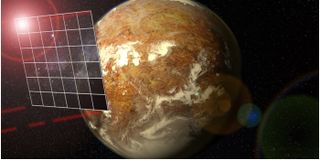
Paul M. Sutter is an astrophysicist at The Ohio State University , host of Ask a Spaceman and Space Radio , and author of " Your Place in the Universe. " Sutter contributed this article to Space.com's Expert Voices: Op-Ed & Insights .
Interstellar space travel . Fantasy of every five-year-old kid within us. Staple of science fiction serials. Boldly going where nobody has gone before in a really fantastic way. As we grow ever more advanced with our rockets and space probes, the question arises: could we ever hope to colonize the stars? Or, barring that far-flung dream, can we at least send space probes to alien planets, letting them tell us what they see?
The truth is that interstellar travel and exploration is technically possible . There's no law of physics that outright forbids it. But that doesn't necessarily make it easy, and it certainly doesn't mean we'll achieve it in our lifetimes, let alone this century. Interstellar space travel is a real pain in the neck.
Related: Gallery: Visions of Interstellar Starship Travel
Voyage outward
If you're sufficiently patient, then we've already achieved interstellar exploration status. We have several spacecraft on escape trajectories, meaning they're leaving the solar system and they are never coming back. NASA's Pioneer missions, the Voyager missions , and most recently New Horizons have all started their long outward journeys. The Voyagers especially are now considered outside the solar system, as defined as the region where the solar wind emanating from the sun gives way to general galactic background particles and dust.
So, great; we have interstellar space probes currently in operation. Except the problem is that they're going nowhere really fast. Each one of these intrepid interstellar explorers is traveling at tens of thousands of miles per hour, which sounds pretty fast. They're not headed in the direction of any particular star, because their missions were designed to explore planets inside the solar system. But if any of these spacecraft were headed to our nearest neighbor, Proxima Centauri , just barely 4 light-years away, they would reach it in about 80,000 years.
I don't know about you, but I don't think NASA budgets for those kinds of timelines. Also, by the time these probes reach anywhere halfway interesting, their nuclear batteries will be long dead, and just be useless hunks of metal hurtling through the void. Which is a sort of success, if you think about it: It's not like our ancestors were able to accomplish such feats as tossing random junk between the stars, but it's probably also not exactly what you imagined interstellar space travel to be like.
Get the Space.com Newsletter
Breaking space news, the latest updates on rocket launches, skywatching events and more!
Related: Superfast Spacecraft Propulsion Concepts (Images)
Speed racer
To make interstellar spaceflight more reasonable, a probe has to go really fast. On the order of at least one-tenth the speed of light. At that speed, spacecraft could reach Proxima Centauri in a handful of decades, and send back pictures a few years later, well within a human lifetime. Is it really so unreasonable to ask that the same person who starts the mission gets to finish it?
Going these speeds requires a tremendous amount of energy. One option is to contain that energy onboard the spacecraft as fuel. But if that's the case, the extra fuel adds mass, which makes it even harder to propel it up to those speeds. There are designs and sketches for nuclear-powered spacecraft that try to accomplish just this, but unless we want to start building thousands upon thousands of nuclear bombs just to put inside a rocket, we need to come up with other ideas.
Perhaps one of the most promising ideas is to keep the energy source of the spacecraft fixed and somehow transport that energy to the spacecraft as it travels. One way to do this is with lasers. Radiation is good at transporting energy from one place to another, especially over the vast distances of space. The spacecraft can then capture this energy and propel itself forward.
This is the basic idea behind the Breakthrough Starshot project , which aims to design a spacecraft capable of reaching the nearest stars in a matter of decades. In the simplest outline of this project, a giant laser on the order of 100 gigawatts shoots at an Earth-orbiting spacecraft. That spacecraft has a large solar sail that is incredibly reflective. The laser bounces off of that sail, giving momentum to the spacecraft. The thing is, a 100-gigawatt laser only has the force of a heavy backpack. You didn't read that incorrectly. If we were to shoot this laser at the spacecraft for about 10 minutes, in order to reach one-tenth the speed of light, the spacecraft can weigh no more than a gram.
That's the mass of a paper clip.
Related: Breakthrough Starshot in Pictures: Laser-Sailing Nanocraft to Study Alien Planets
A spaceship for ants
This is where the rubber meets the interstellar road when it comes to making spacecraft travel the required speeds. The laser itself, at 100 gigawatts, is more powerful than any laser we've ever designed by many orders of magnitude. To give you a sense of scale, 100 gigawatts is the entire capacity of every single nuclear power plant operating in the United States combined.
And the spacecraft, which has to have a mass no more than a paper clip, must include a camera, computer, power source, circuitry, a shell, an antenna for communicating back home and the entire lightsail itself.
That lightsail must be almost perfectly reflective. If it absorbs even a tiny fraction of that incoming laser radiation it will convert that energy to heat instead of momentum. At 100 gigawatts, that means straight-up melting, which is generally considered not good for spacecraft.
Once accelerated to one-tenth the speed of light, the real journey begins. For 40 years, this little spacecraft will have to withstand the trials and travails of interstellar space. It will be impacted by dust grains at that enormous velocity. And while the dust is very tiny, at those speeds motes can do incredible damage. Cosmic rays, which are high-energy particles emitted by everything from the sun to distant supernova, can mess with the delicate circuitry inside. The spacecraft will be bombarded by these cosmic rays non-stop as soon as the journey begins.
Is Breakthrough Starshot possible? In principle, yes. Like I said above, there's no law of physics that prevents any of this from becoming reality. But that doesn't make it easy or even probable or plausible or even feasible using our current levels of technology (or reasonable projections into the near future of our technology). Can we really make a spacecraft that small and light? Can we really make a laser that powerful? Can a mission like this actually survive the challenges of deep space?
The answer isn't yes or no. The real question is this: are we willing to spend enough money to find out if it's possible?
- Building Sails for Tiny Interstellar Probes Will Be Tough — But Not Impossible
- 10 Exoplanets That Could Host Alien Life
- Interstellar Space Travel: 7 Futuristic Spacecraft to Explore the Cosmos
Learn more by listening to the episode "Is interstellar travel possible?" on the Ask A Spaceman podcast, available on iTunes and on the Web at http://www.askaspaceman.com . Thanks to @infirmus, Amber D., neo, and Alex V. for the questions that led to this piece! Ask your own question on Twitter using #AskASpaceman or by following Paul @PaulMattSutter and facebook.com/PaulMattSutter .
Follow us on Twitter @Spacedotcom or Facebook .
Join our Space Forums to keep talking space on the latest missions, night sky and more! And if you have a news tip, correction or comment, let us know at: [email protected].

Paul M. Sutter is an astrophysicist at SUNY Stony Brook and the Flatiron Institute in New York City. Paul received his PhD in Physics from the University of Illinois at Urbana-Champaign in 2011, and spent three years at the Paris Institute of Astrophysics, followed by a research fellowship in Trieste, Italy, His research focuses on many diverse topics, from the emptiest regions of the universe to the earliest moments of the Big Bang to the hunt for the first stars. As an "Agent to the Stars," Paul has passionately engaged the public in science outreach for several years. He is the host of the popular "Ask a Spaceman!" podcast, author of "Your Place in the Universe" and "How to Die in Space" and he frequently appears on TV — including on The Weather Channel, for which he serves as Official Space Specialist.
Lego Creator 3-in-1 Space Astronaut review
NASA's tiny CAPSTONE probe celebrates 450 days in orbit around the moon
Life as we know it could exist on Venus, new experiment reveals
Most Popular
By Andrew Jones March 28, 2024
By Elizabeth Howell March 28, 2024
By Brett Tingley March 28, 2024
By Robert Lea March 28, 2024
By Harry Baker March 27, 2024
By Robert Lea March 27, 2024
By Sharmila Kuthunur March 27, 2024
By Meredith Garofalo March 27, 2024
- 2 Final launch of Delta IV Heavy rocket scrubbed late in countdown
- 3 Giant Mars asteroid impact creates vast field of destruction with 2 billion craters
- 4 365 days of satellite images show Earth's seasons changing from space (video)
- 5 Still alive! Japan's SLIM moon lander survives its 2nd lunar night (photo)

Suggested Searches
- Climate Change
- Expedition 64
- Mars perseverance
- SpaceX Crew-2
- International Space Station
- View All Topics A-Z
Humans in Space
Earth & climate, the solar system, the universe, aeronautics, learning resources, news & events.

NASA Astronaut Loral O’Hara, Expedition 70 Science Highlights

NASA Data Shows How Drought Changes Wildfire Recovery in the West
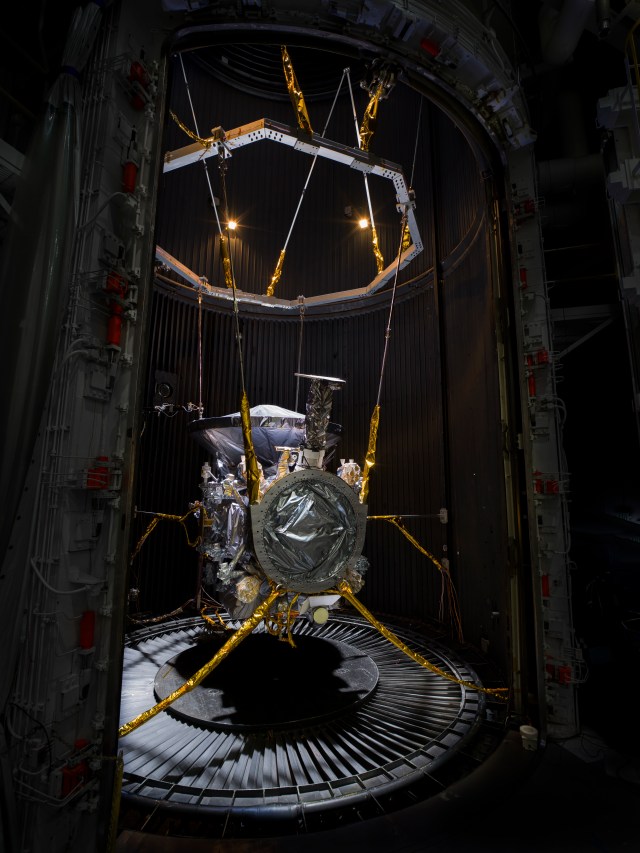
NASA’s Europa Clipper Survives and Thrives in ‘Outer Space’ on Earth
- Search All NASA Missions
- A to Z List of Missions
- Upcoming Launches and Landings
- Spaceships and Rockets
- Communicating with Missions
- James Webb Space Telescope
- Hubble Space Telescope
- Why Go to Space
- Astronauts Home
- Commercial Space
- Destinations
- Living in Space
- Explore Earth Science
- Earth, Our Planet
- Earth Science in Action
- Earth Multimedia
- Earth Science Researchers
- Pluto & Dwarf Planets
- Asteroids, Comets & Meteors
- The Kuiper Belt
- The Oort Cloud
- Skywatching
- The Search for Life in the Universe
- Black Holes
- The Big Bang
- Dark Energy & Dark Matter
- Earth Science
- Planetary Science
- Astrophysics & Space Science
- The Sun & Heliophysics
- Biological & Physical Sciences
- Lunar Science
- Citizen Science
- Astromaterials
- Aeronautics Research
- Human Space Travel Research
- Science in the Air
- NASA Aircraft
- Flight Innovation
- Supersonic Flight
- Air Traffic Solutions
- Green Aviation Tech
- Drones & You
- Technology Transfer & Spinoffs
- Space Travel Technology
- Technology Living in Space
- Manufacturing and Materials
- Science Instruments
- For Kids and Students
- For Educators
- For Colleges and Universities
- For Professionals
- Science for Everyone
- Requests for Exhibits, Artifacts, or Speakers
- STEM Engagement at NASA
- NASA's Impacts
- Centers and Facilities
- Directorates
- Organizations
- People of NASA
- Internships
- Our History
- Doing Business with NASA
- Get Involved
- Aeronáutica
- Ciencias Terrestres
- Sistema Solar
- All NASA News
- Video Series on NASA+
- Newsletters
- Social Media
- Media Resources
- Upcoming Launches & Landings
- Virtual Events
- Sounds and Ringtones
- Interactives
- STEM Multimedia
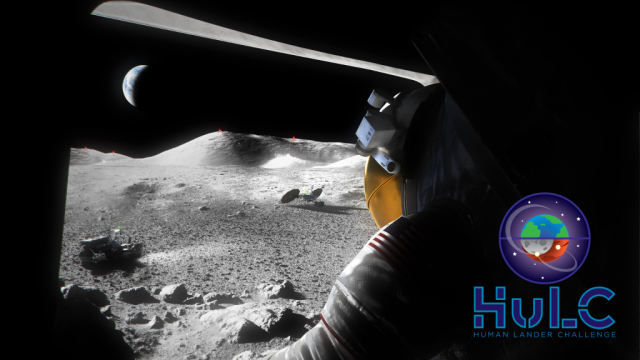
NASA Names Finalists to Help Deal with Dust in Human Lander Challenge

Langley Celebrates Women’s History Month: The Langley ASIA-AQ Team
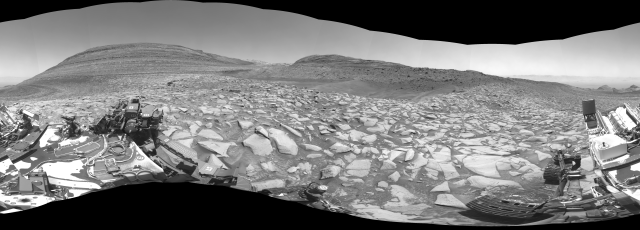
NASA’s Curiosity Searches for New Clues About Mars’ Ancient Water

Diez maneras en que los estudiantes pueden prepararse para ser astronautas

Optical Fiber Production
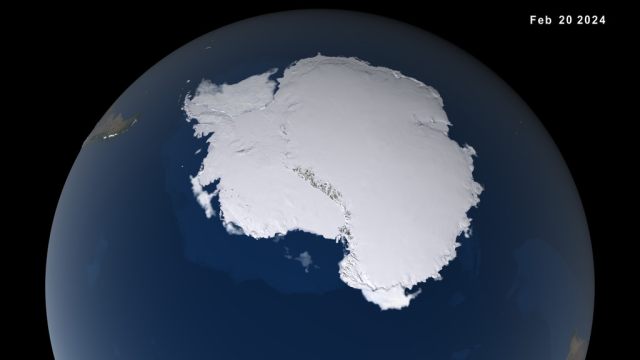
Antarctic Sea Ice Near Historic Lows; Arctic Ice Continues Decline

Early Adopters of NASA’s PACE Data to Study Air Quality, Ocean Health
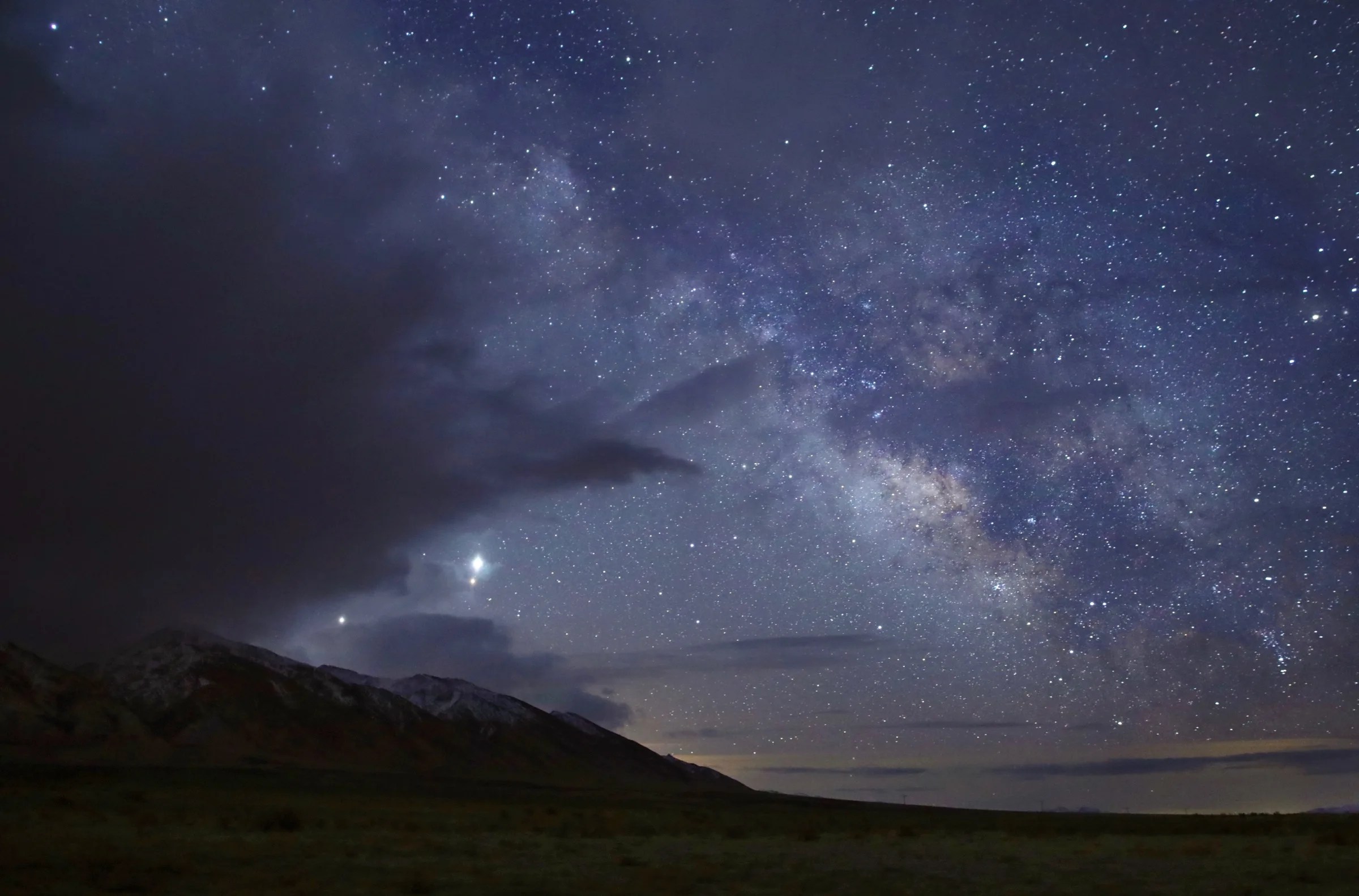
What’s Up: March 2024 Skywatching Tips from NASA

March-April 2024: The Next Full Moon is the Crow, Crust, Sap, Sugar, or Worm Moon

Planet Sizes and Locations in Our Solar System
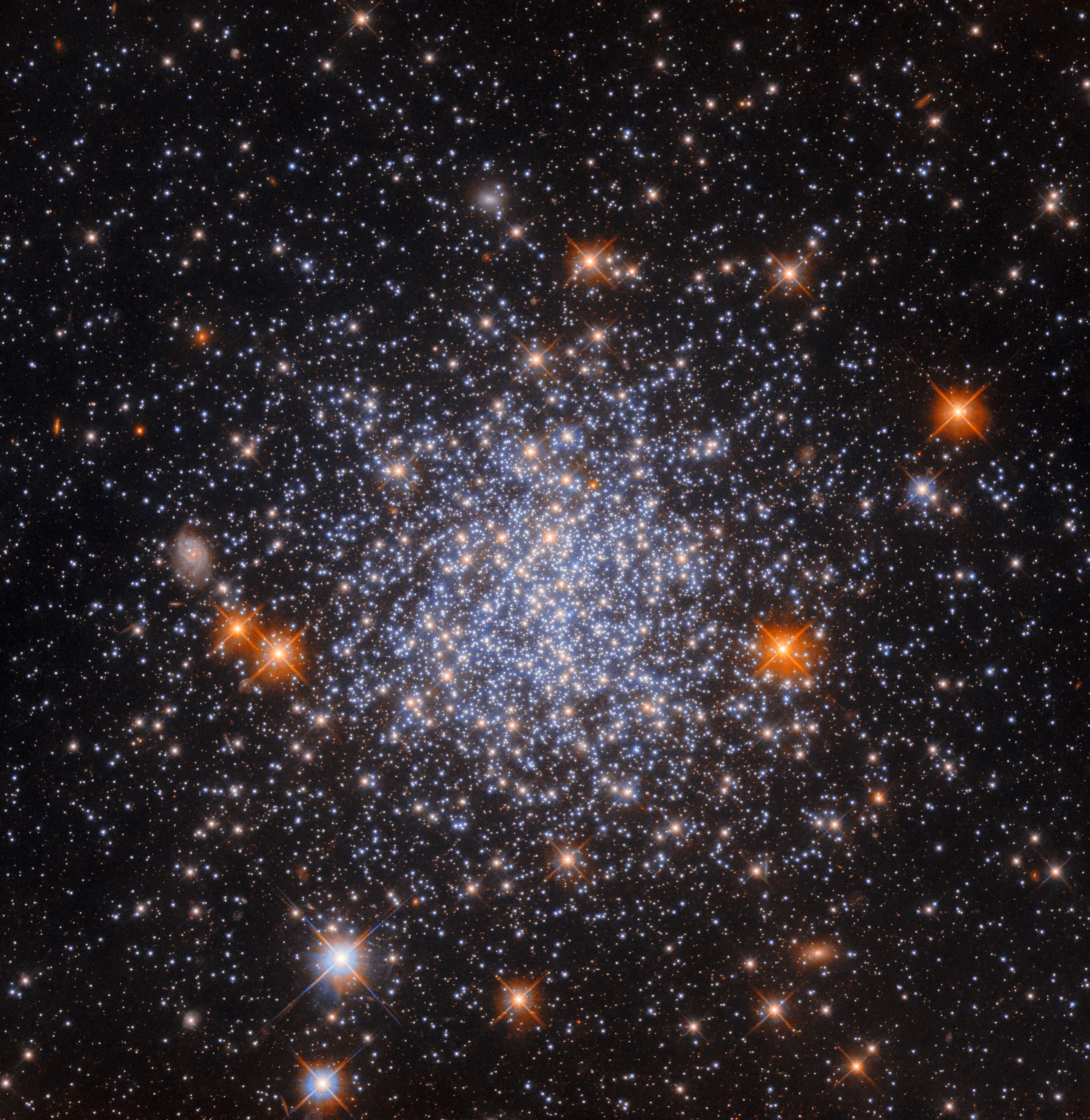
Hubble Finds a Field of Stars
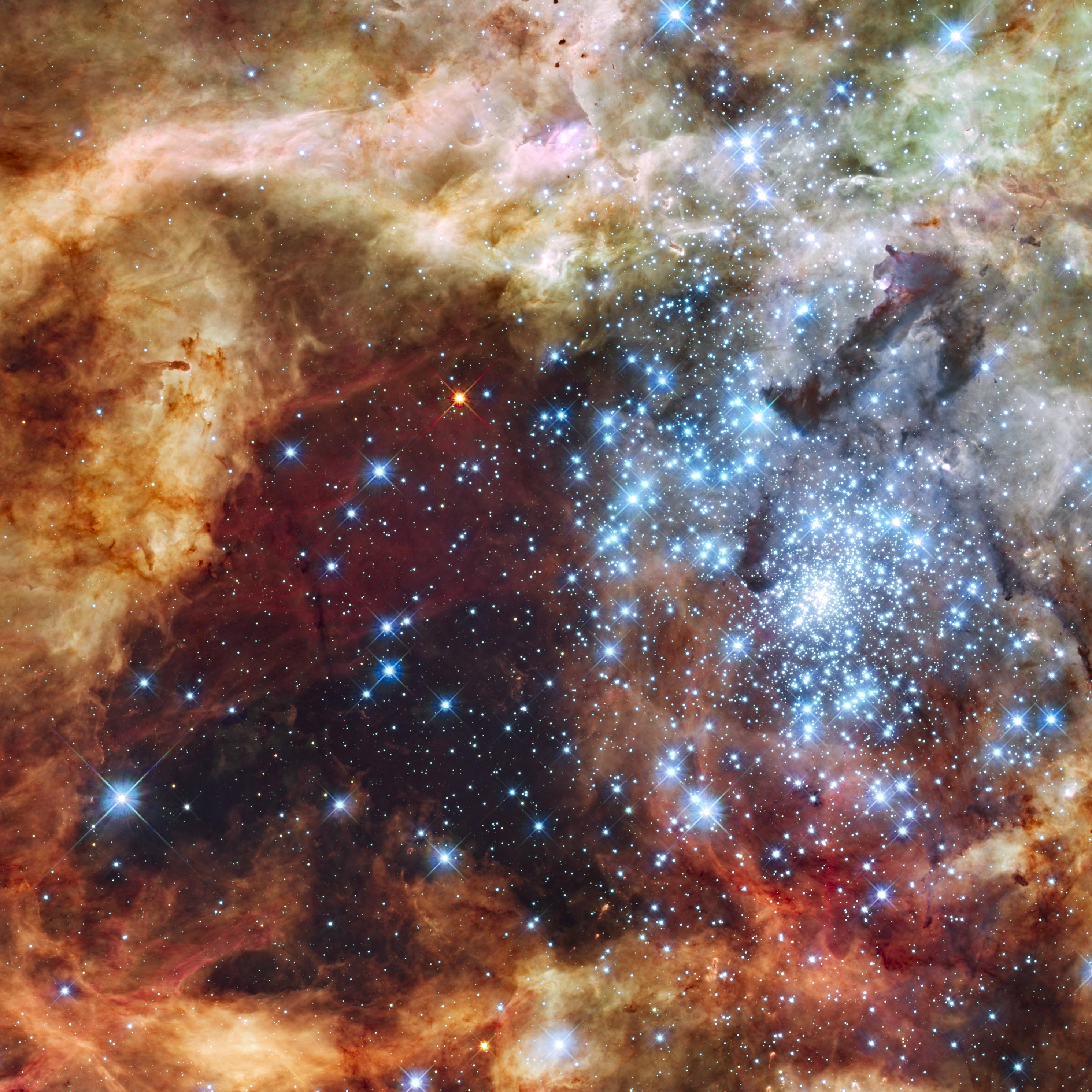
Three-Year Study of Young Stars with NASA’s Hubble Enters New Chapter
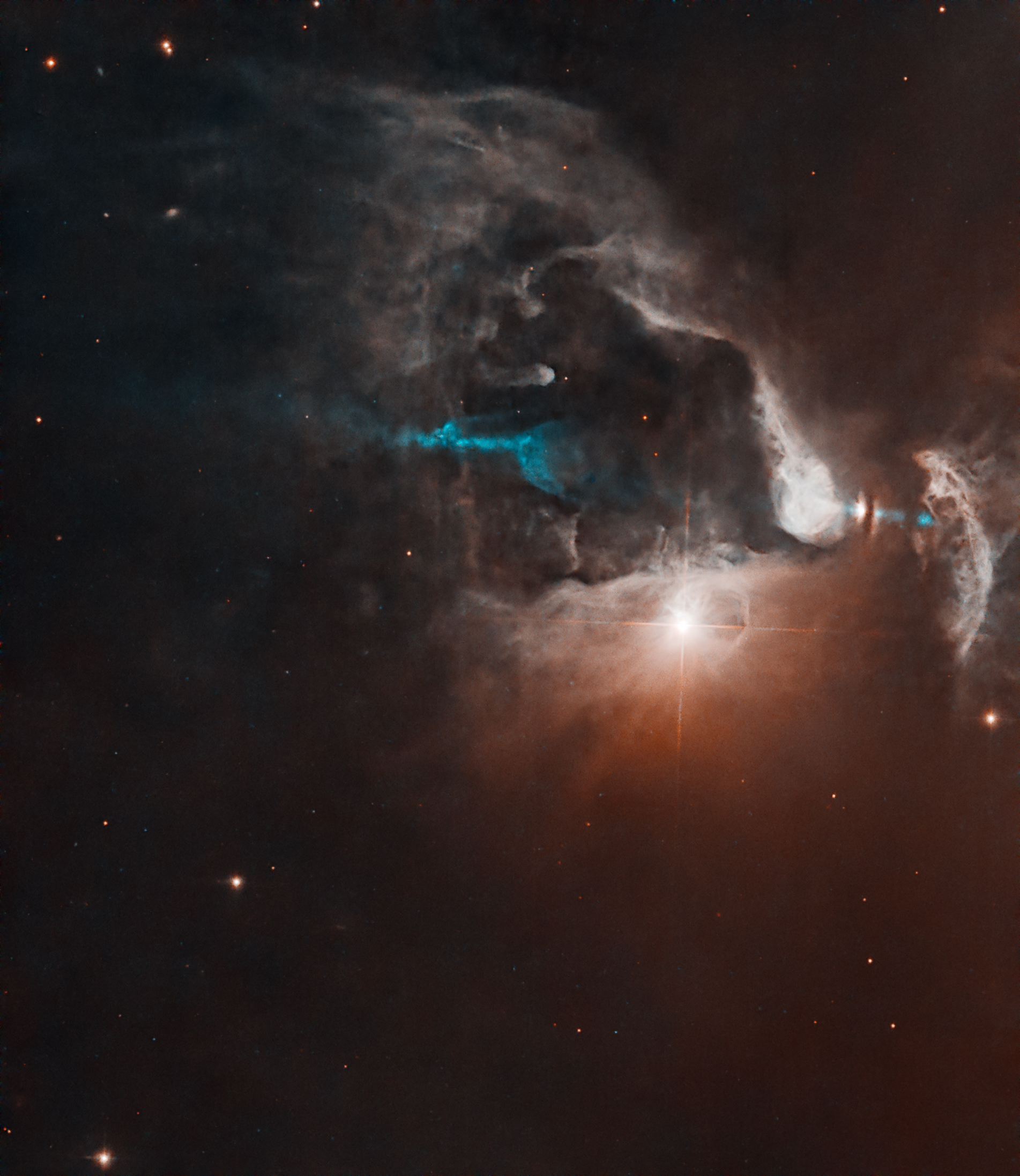
Hubble Sees New Star Proclaiming Presence with Cosmic Lightshow
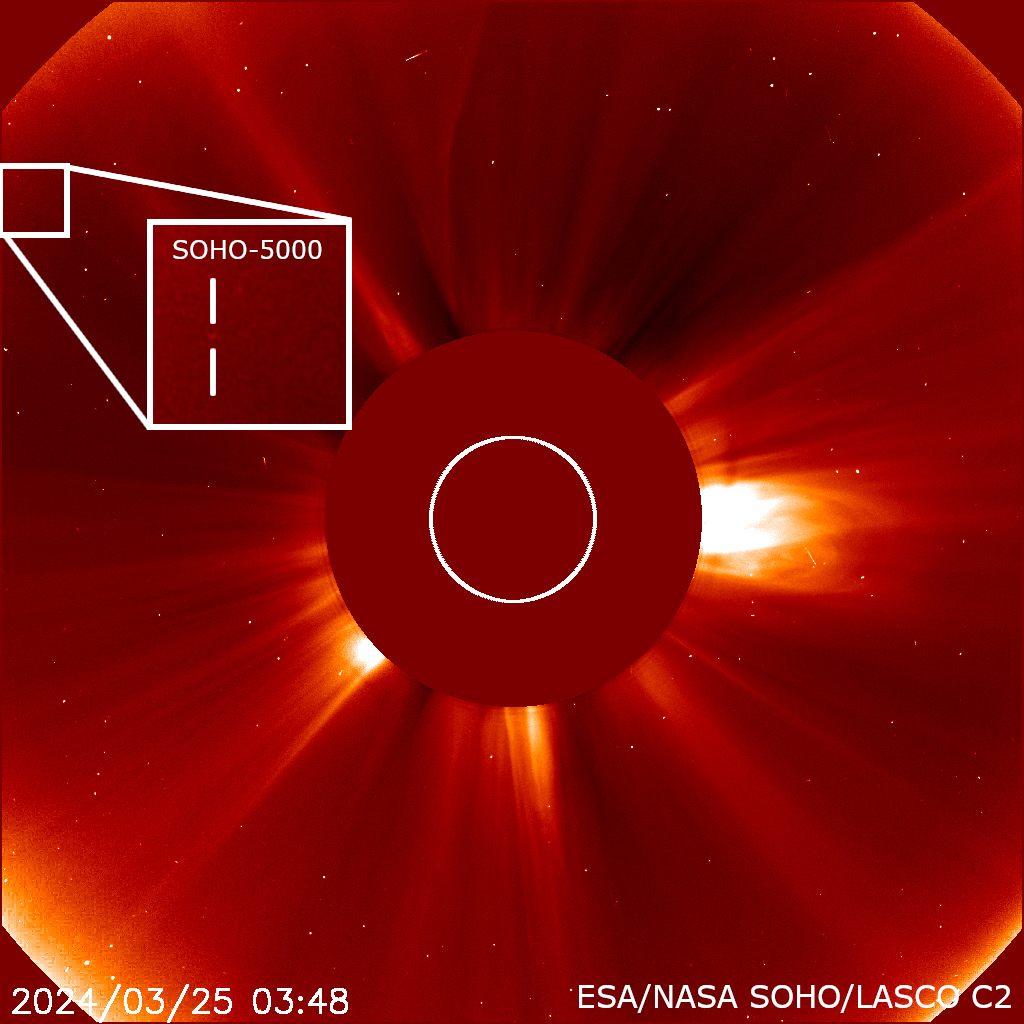
ESA, NASA Solar Observatory Discovers Its 5,000th Comet

ARMD Solicitations
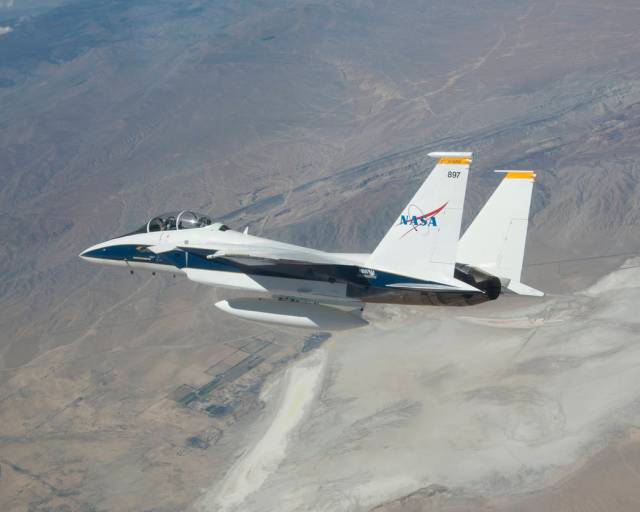
F-15D Support Aircraft

University Teams Selected as Finalists to Envision New Aviation Responses to Natural Disasters

David Woerner

Tech Today: Cutting the Knee Surgery Cord
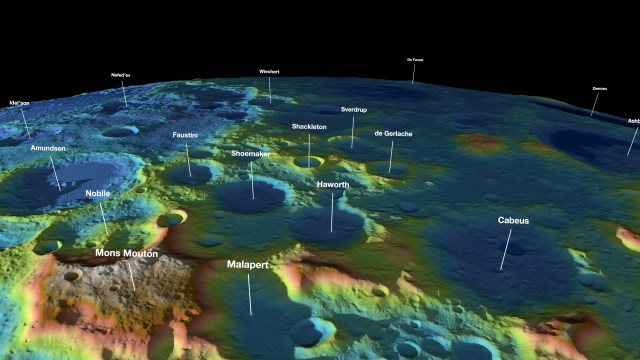
NASA, Industry Improve Lidars for Exploration, Science
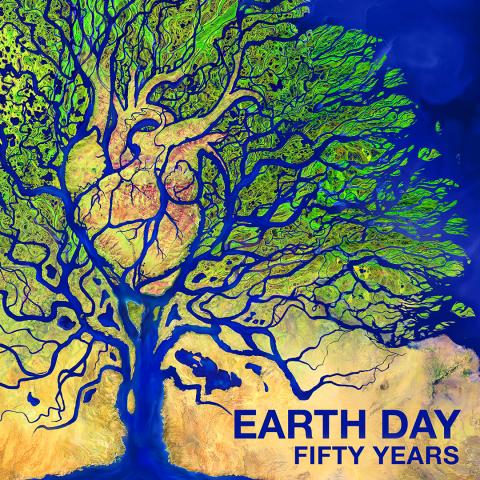
Earth Day 2020: Posters and Wallpaper
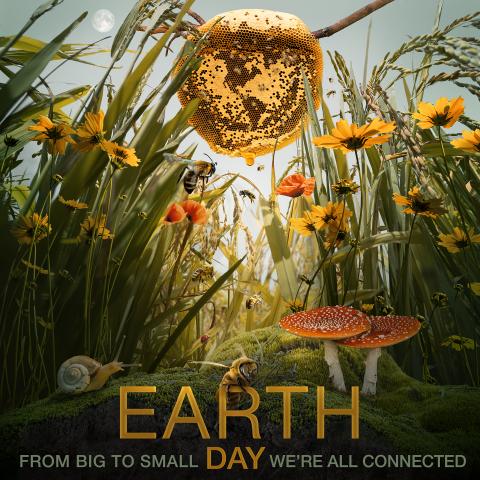
Earth Day 2021: Posters and Virtual Backgrounds

Launch Week Event Details
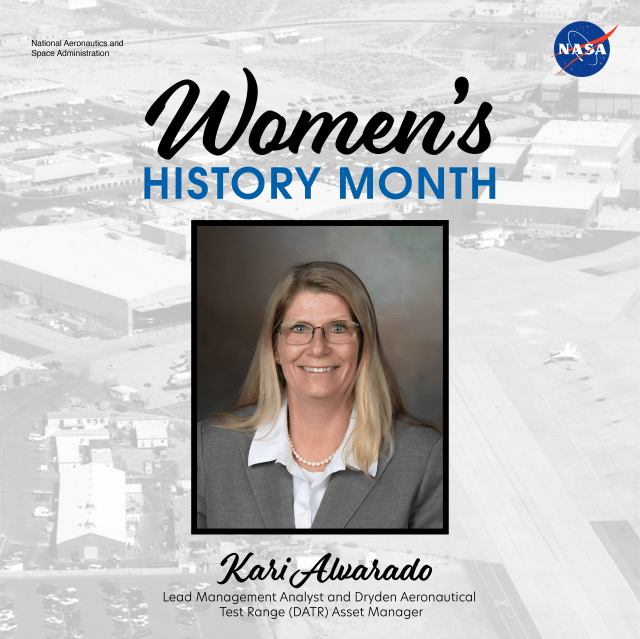
Women’s History Month: Meet Kari Alvarado
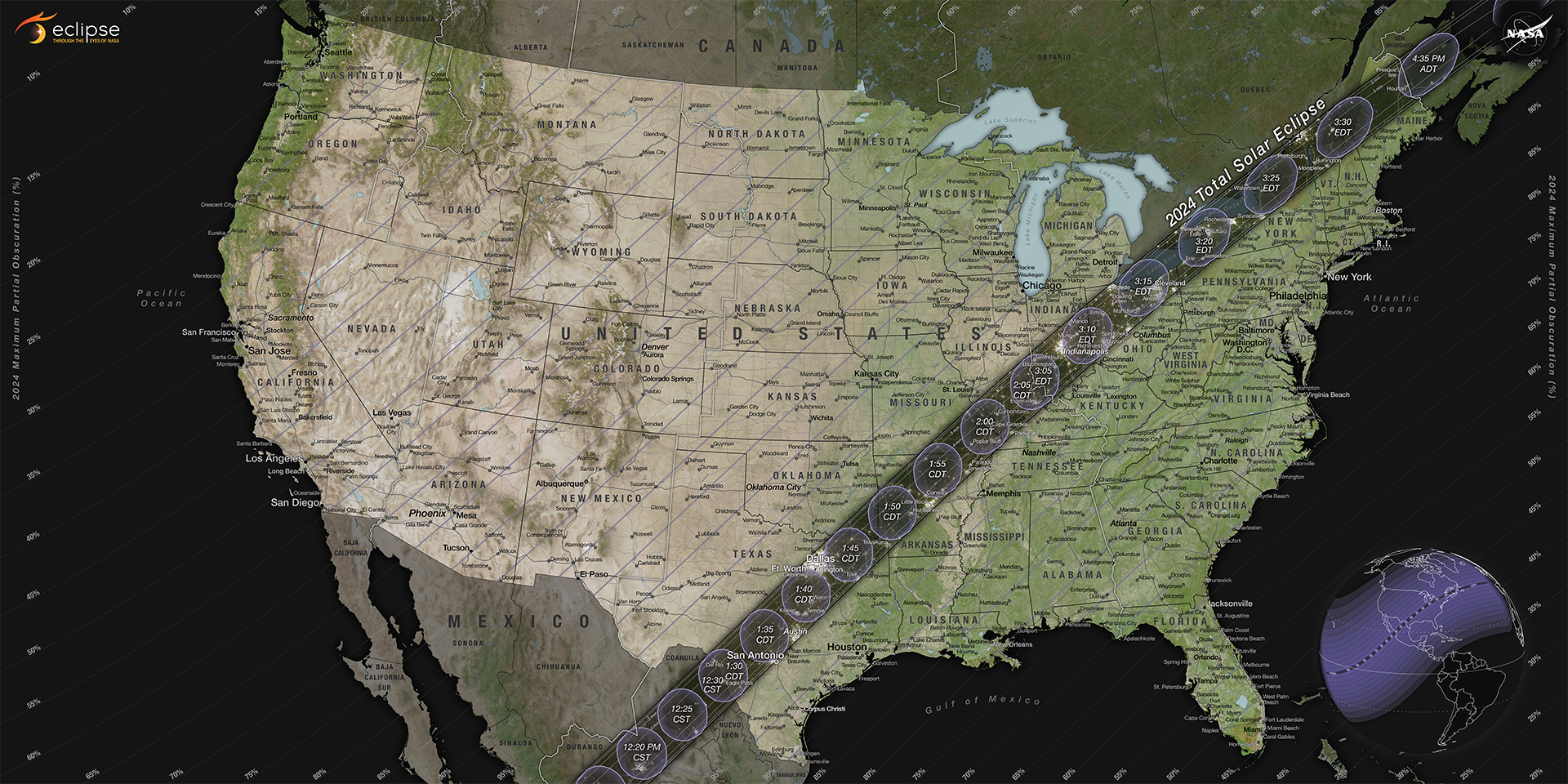
Contribute to NASA Research on Eclipse Day – and Every Day
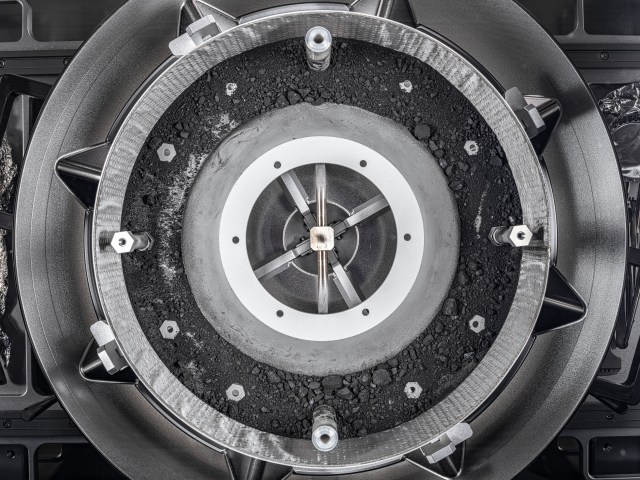
NASA’s OSIRIS-REx Mission Awarded Collier Trophy

Astronauta de la NASA Marcos Berríos

Resultados científicos revolucionarios en la estación espacial de 2023
Finding life beyond earth is within reach, nasa webb telescope team.
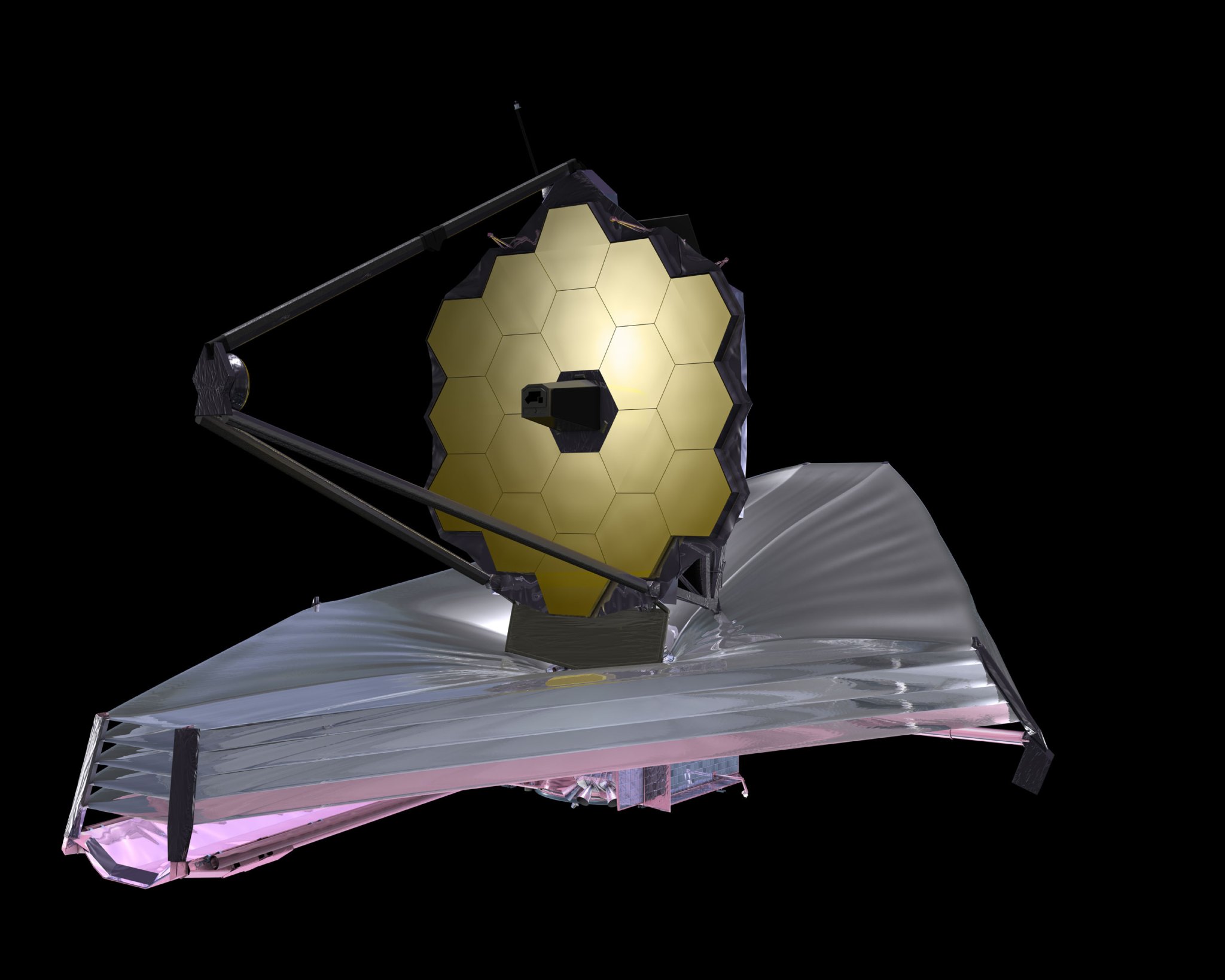
Many scientists believe we are not alone in the universe. It’s probable, they say, that life could have arisen on at least some of the billions of planets thought to exist in our galaxy alone — just as it did here on planet Earth. This basic question about our place in the Universe is one that may be answered by scientific investigations. What are the next steps to finding life elsewhere?
Experts from NASA and its partner institutions addressed this question on July 14, at a public talk held at NASA Headquarters in Washington. They outlined NASA’s roadmap to the search for life in the universe, an ongoing journey that involves a number of current and future telescopes. Watch the video of the event:
“Sometime in the near future, people will be able to point to a star and say, ‘that star has a planet like Earth’,” says Sara Seager, professor of planetary science and physics at the Massachusetts Institute of Technology in Cambridge, Massachusetts. “Astronomers think it is very likely that every single star in our Milky Way galaxy has at least one planet.”
NASA’s quest to study planetary systems around other stars started with ground-based observatories, then moved to space-based assets like the Hubble Space Telescope , the Spitzer Space Telescope , and the Kepler Space Telescope . Today’s telescopes can look at many stars and tell if they have one or more orbiting planets. Even more, they can determine if the planets are the right distance away from the star to have liquid water, the key ingredient to life as we know it.
The NASA roadmap will continue with the launch of the Transiting Exoplanet Surveying Satellite (TESS) in 2017, the James Webb Space Telescope (Webb Telescope) in 2018, and perhaps the proposed Wide Field Infrared Survey Telescope – Astrophysics Focused Telescope Assets (WFIRST-AFTA) early in the next decade. These upcoming telescopes will find and characterize a host of new exoplanets — those planets that orbit other stars — expanding our knowledge of their atmospheres and diversity. The Webb telescope and WFIRST-AFTA will lay the groundwork, and future missions will extend the search for oceans in the form of atmospheric water vapor and for life as in carbon dioxide and other atmospheric chemicals, on nearby planets that are similar to Earth in size and mass, a key step in the search for life.
“This technology we are using to explore exoplanets is real,” said John Grunsfeld, astronaut and associate administrator for NASA’s Science Mission Directorate in Washington. “The James Webb Space Telescope and the next advances are happening now. These are not dreams — this is what we do at NASA.”
Since its launch in 2009, Kepler has dramatically changed what we know about exoplanets, finding most of the more than 5,000 potential exoplanets, of which more than 1700 have been confirmed. The Kepler observations have led to estimates of billions of planets in our galaxy, and shown that most planets within one astronomical unit are less than three times the diameter of Earth. Kepler also found the first Earth-size planet to orbit in the “habitable zone” of a star, the region where liquid water can pool on the surface.
“What we didn’t know five years ago is that perhaps 10 to 20 percent of stars around us have Earth-size planets in the habitable zone,” says Matt Mountain, director and Webb telescope scientist at the Space Telescope Science Institute in Baltimore. “It’s within our grasp to pull off a discovery that will change the world forever. It is going to take a continuing partnership between NASA, science, technology, the U.S. and international space endeavors, as exemplified by the James Webb Space Telescope, to build the next bridge to humanity’s future.”
This decade has seen the discovery of more and more super Earths, which are rocky planets that are larger and heftier than Earth. Finding smaller planets, the Earth twins, is a tougher challenge because they produce fainter signals. Technology to detect and image these Earth-like planets is being developed now for use with the future space telescopes. The ability to detect alien life may still be years or more away, but the quest is underway.
Said Mountain, “Just imagine the moment, when we find potential signatures of life. Imagine the moment when the world wakes up and the human race realizes that its long loneliness in time and space may be over — the possibility we’re no longer alone in the universe.”
MIT Technology Review
- Newsletters
Five things we’ve learned since Voyager 2 left the solar system
- Neel V. Patel archive page
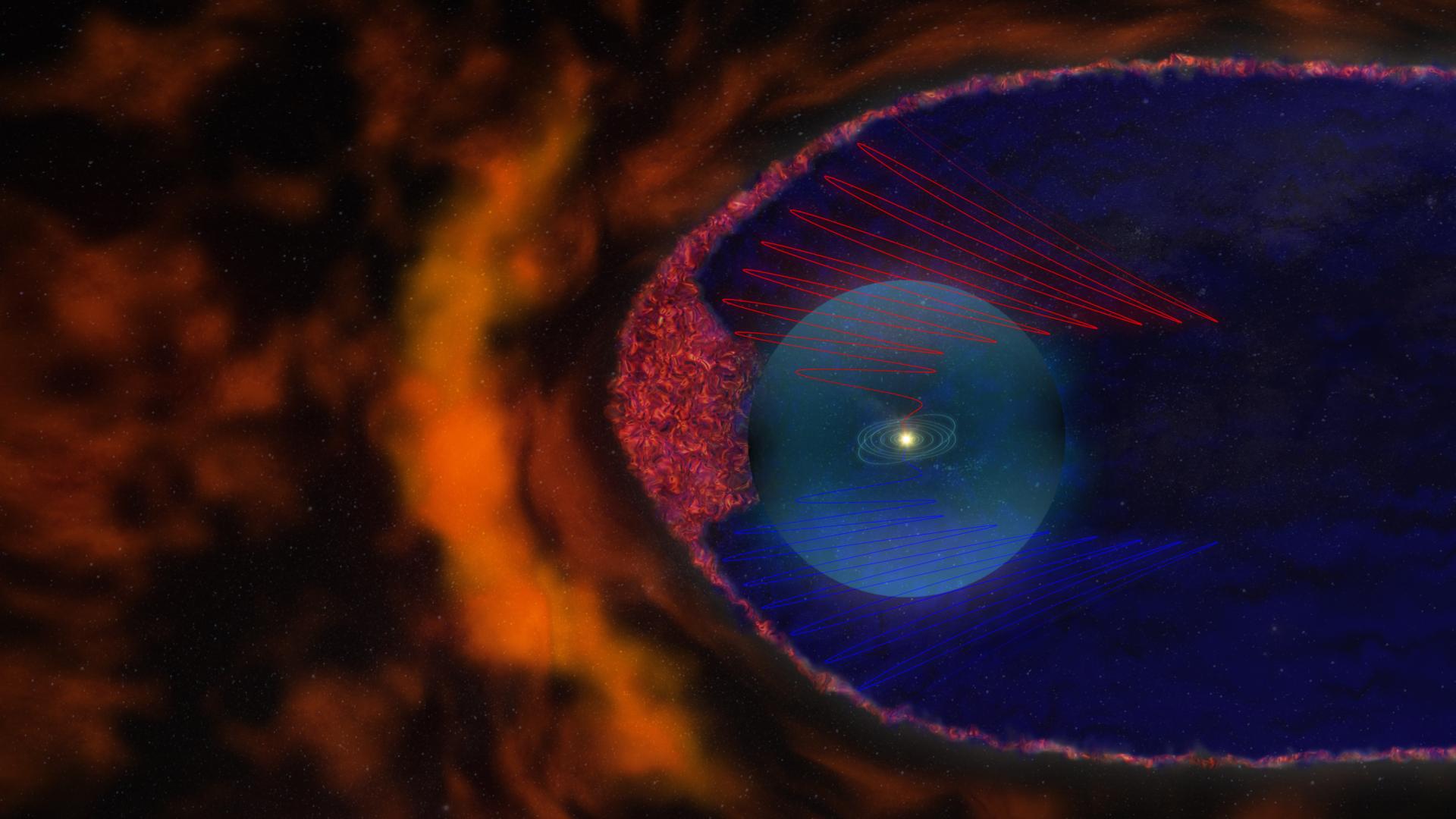
One year ago, NASA’s Voyager 2 probe became just the second human-made object in history to exit the solar system and officially enter interstellar space . Voyager 2 was launched on August 20, 1977—16 days before its twin, Voyager 1, which exited the solar system’s northern hemisphere in 2012 . Voyager 2 was sent on a longer journey that allowed it to make encounters with Uranus and Neptune, and to this day it’s the only spacecraft to have visited these planets up close. It then made for the southern hemisphere of the heliosphere (the outermost region of the solar system, sometimes referred to as “the bubble”), straight for interstellar space.
On November 5, 2018, Voyager 2 officially left the solar system as it crossed the heliopause, the boundary that marks the end of the heliosphere and the beginning of interstellar space. This happened 119 astronomical units from the sun (one AU is 93 million miles or 149.6 million kilometers, roughly the distance between the sun and Earth).
The spacecraft was able to analyse the makeup of solar winds, the composition and behavior of plasma particles, the interaction of cosmic rays, the structure and direction of magnetic fields, and other traits that define the edges of the solar system. Today, scientists published a bevy of papers in Nature Astronomy that detail the results of what Voyager 2 observed on its way out of the solar system. Here are the five biggest takeaways.
1. The bubble is leaking—both ways.
Voyager 2’s exit from the bubble was not without surprises. According to the data, the bubble was “very leaky,” says Stamatios Krimigis of Johns Hopkins University, the lead author of one of the new papers . Material from the solar bubble was discovered in interstellar space.
Voyager 1 had actually found signs of a leaky bubble as well. In that instance, however, interstellar material was found streaming into the bubble––the opposite of what Voyager 2 discovered, says Edward Stone of Caltech, the lead author of a different paper . The new findings confirm that the leakiness of the heliopause, spotted in two very different parts of the heliosphere, is not a rare characteristic of the bubble, although there is still no real explanation for what’s causing it.
2. The boundary of the bubble is more uniform than we thought.
Before the Voyager missions, scientists predicted that the solar bubble just sort of dissolved into interstellar space as you ventured farther and farther from the sun. Voyager 2 seems to confirm that “in fact, there’s a very very sharp boundary there,” says Donald Gurnett of the University of Iowa, the lead author of this paper . Voyager 2’s plasma wave instrument ended up measuring plasma densities that were very much on par with what Voyager 1 detected. Because solar plasma is so hot (about 1 million °C), and interstellar plasma is incredibly cold (just 10,000 °C), the density of plasma jumps up by a factor between 20 and 50 as you cross the border. “That’s a characteristic of fluids, which oftentimes form very sharp boundaries,” says Gurnett.
Krimigis was especially surprised that both Voyagers crossed the heliopause at the same relative distances (121 AU and 119 AU, respectively). Previous models heavily predicted that heightened solar activity during Voyager 1’s crossing in 2012 should have pushed the bubble’s boundary farther out. A period of low solar activity should have pulled the heliopause back a bit during Voyager 2’s crossing last year. The fact that both spacecraft left the solar system at pretty much the same distance, at two very different locations, is a source of confusion at the moment.
3. The makeup of the heliopause itself can vary by location.
Voyager 2 also made some observations that don’t square up with a sharp boundary—at least not what we’d expect. The biggest of these is the magnetic field measurements inside and outside the bubble. Astronomers expected the direction of the magnetic field would be very different between the two. Yet when Voyager 2 crossed this thin surface, “there was essentially no change” in the direction of the field—something Voyager 1 observed as well, says Leonard Burlaga of NASA’s Goddard Space Flight Center, lead author for this paper . At the same time, the magnetic field observations on Voyager 2 suggest it found a thinner and simpler heliopause, filled with less energetic particles, than what Voyager 1 crossed. Again, all this data taken together raises more questions than it can answer.
4. The sun’s influence goes beyond the solar system.
The sun consistently spews out shock waves of plasma called coronal mass ejections (CMEs), which help shape the rest of the solar system. Turns out the sun’s impact goes beyond its own borders. The new Voyager 2 data, like the Voyager 1 data before it, shows how CMEs propagate past the heliopause and lower the amount of cosmic rays beyond the bubble. “This is somewhat similar to what you might find out in the galaxy,” says Gurnett. Supernovae send shock waves out into the galaxy as well, stirring the interstellar medium, albeit at a much more intense scale than CMEs. “Even the formation of the solar system, most astronomers believe, was triggered by an interstellar shock wave from a supernova,” he says.
If we think about the potential for cosmic rays to promote biological mutations in life on Earth, these findings lend support to the idea that the sun could also have an influence on the evolution of living things on extraterrestrial worlds, in this planetary system and elsewhere.
5. This was the Voyager program’s final major milestone.
“When the two Voyagers were launched, the space age was only 20 years old,” says Stone. “It was hard to know at that time that anything could last 40 years.”
Still, the observations of the heliopause really are part of the last hurrah for both spacecraft. Each probe is powered by radioisotopic thermoelectric generators heated by plutonium-238. That material is undergoing natural decay. “We know that somehow, in another five years or so, we may not have enough power to have any scientific instruments on any longer,” says Stone.
The two missions will continue to learn how the sun’s heliosphere interacts with the interstellar medium and give us clues about other star systems.“We believe every star has these features,” says Stone. “What we learn about this heliosphere will help us learn more about the astrospheres of other stars.”
Keep Reading
Most popular, large language models can do jaw-dropping things. but nobody knows exactly why..
And that's a problem. Figuring it out is one of the biggest scientific puzzles of our time and a crucial step towards controlling more powerful future models.
- Will Douglas Heaven archive page
The problem with plug-in hybrids? Their drivers.
Plug-in hybrids are often sold as a transition to EVs, but new data from Europe shows we’re still underestimating the emissions they produce.
- Casey Crownhart archive page
The AI Act is done. Here’s what will (and won’t) change
The hard work starts now.
- Melissa Heikkilä archive page
Advancing AI innovation with cutting-edge solutions
Power your business transformation with proven AI services and infrastructure.
- Lachlan Ainley archive page
Stay connected
Get the latest updates from mit technology review.
Discover special offers, top stories, upcoming events, and more.
Thank you for submitting your email!
It looks like something went wrong.
We’re having trouble saving your preferences. Try refreshing this page and updating them one more time. If you continue to get this message, reach out to us at [email protected] with a list of newsletters you’d like to receive.
Australian National University researchers light up our pathway to another planetary system in major scientific breakthrough
What lies beyond our solar system has long fascinated not just scientists but also writers and filmmakers, so murky are its depths.
And even the two probes that have made it beyond the heliosphere and into interstellar space — Voyagers 1 and 2 — did so only after decades of exploring our own planetary system .
Now, Canberra researchers say they have cracked the code to enable us to send a spacecraft even further, and at a far greater speed, to another planetary system altogether.
The spacecraft is also so small and delicate that scientists plan to send more than one in the hope that some of them will make it to Alpha Centauri, without being destroyed by an errant piece of space dust along the way.
The achievement is "very exciting" because it could enable us to record information from those planetary bodies within our lifetime — its predicted travel time is just 20 years.
Compare that to the roughly 44 years Voyager 2 spent nosing around Uranus and Neptune before continuing into the great beyond.
The study's lead author, Australian National University astrophysicist Chathura Bandutunga, said when they discovered the solution it was a kind of "eureka moment", when they worked out how many lasers, and in what formation, they would need to propel their spacecraft far enough and fast enough to reach its goal.
"We already have several crafts — Voyager included — [in interstellar space] but it will be many human lifetimes before they reach anywhere near another star," Dr Bandutunga said.
"For the Breakthrough Starshot probe to reach Alpha Centauri within one lifetime it will need to travel over 2000 times faster than our current interstellar probes."
A sail, shot with lasers
Dr Bandutunga said the whole project was "very ambitious", but one researchers were finally confident enough to share with their collaborators around the world.
"The challenge that we're really looking at is how do we use light to push the satellite along?" he said.
"And how do we get that light from a ray that's on the ground all the way to the satellite in orbit? How to do that on a grand scale that's really unheard of to date."
If their theory is correct, the lasers will be arranged in just the right combination and number to propel the sail to where it needs to go, and the next step is to test that theory within the laws of physics.
"The next step is to test the building blocks in a laboratory setting," he said.
Ideally, a spacecraft will reach Alpha Centauri, the closest star system and closest planetary system to Earth's, and record images and scientific measurements that will be broadcast back to Earth.
Scientists estimate roughly 100 million individual lasers will be needed to generate the required optical power of about 100GW.
Fellow author Paul Sibley said the devil was in the detail when it came to unscrambling the lasers.
"We use a random digital signal to scramble the measurements from each laser and unscramble each one separately in digital signal processing," he said. “This allows us to pick out only the measurements we need from a vast jumble of information. We can then break the problem into small arrays and link them together in sections."
While these measurements may seem confounding to the average eye, what is clear is that scientists have never got this close before.
"This project is really about making that travel from our star to another star possible within a human lifetime," Dr Bandutunga said.
Project 'not science fiction'
University of Southern Queensland professor of astrophysics Jonti Horner described the development as a "brilliant" step forward in space exploration research.
"I think it's really fun," Dr Horner said.
"It puts an interesting spin on something people already do in astronomy.
"I think it's a beautiful illustration of how something that has been developed for one purpose can be repurposed for a totally different project.
"Instead of unscrambling the effect that the atmosphere has on light coming in, you're preemptively scrambling the light going out so that the atmosphere unscrambles it."
Dr Horner said the breakthrough was an exciting one because it was using existing technology to do something groundbreaking, where data from distant stars could be sent back within 25 years.
"It's a really fascinating example of where the investment of money and science leads to remarkable results," he said.
"This idea that if we could speed the spacecraft up to a quarter of the speed of light, you could get it to the nearest star within 15 or 20 years.
"It's saying this is possible, likely with technology that's not much more further advanced than what we have now, so it's not science fiction, it's near-future technology."
- X (formerly Twitter)
- Astronomy (Space)
- Australian National University
Scientists Have Calculated How Long It'll Take to Reach Distant Stars
Are we there yet?

- The researchers compared the predicted paths of four spacecraft to the paths of nearby stars, as measured by the Gaia space telescope, to see where and when they might overlap.
- According to their work , posted to the online pre-print server arXiv, it would take about 90,000 years for Pioneer 10 to swing within striking distance of a nearby star.
The intrepid Voyager 1 and 2 spacecrafts were launched in 1977, and despite having a roughly 12-year mission lifespan, are still hurtling through space and returning data to eager scientists on Earth. They’ve broken through barrier that protects our solar system and are now zipping through the interstellar medium along with Pioneer 10 and 11.
But how long might it take them, or another spacecraft, to actually reach another star system?
A team of scientists—Coryn Bailer-Jones of the Max Planck Institute for Astronomy in Switzerland and Davide Farnocchia of NASA’s Jet Propulsion Laboratory—have done the calculations. Essentially, the pair found a way to chart how long it would take a spacecraft to get from our humble solar system to the next system over, according to a paper uploaded to the pre-print server arXiv.
In the quest for answers, Farnocchia and Bailer-Jones turned to the European Space Agency’s Gaia space telescope for help. For more than five years, Gaia has been gathering data on billions of stars , charting their orbits and path through the cosmos.
Using this data and data about the projected paths of both the voyager spacecrafts as well as Pioneer 10 and 11, which are careening toward the outer reaches of the solar system, the researchers were able to create a timeline of when these crafts might reach distant star systems. For those eager to visit other worlds, brace for some bad news.
Should they continue their transit, the four spacecraft will come within striking distance of approximately 60 stars in the next million years. And in that same amount of time, they’ll get even closer—try two parsecs, the equivalent of 6.5 light years—to about 10 stars.
Who will have the best shot at reaching and exploring a distant star? Pioneer 10 will swing within .231 parsecs the star system HIP 117795 in the Cassiopeia constellation in approximately 90,000 years. And how long before one of these spacecrafts is hijacked by the orbit of one of these stars? It’ll be about 1,000,000,000,000,000,000,000 years.
You'll have some time to kill.
Jennifer Leman is a science journalist and senior features editor at Popular Mechanics, Runner's World, and Bicycling. A graduate of the Science Communication Program at UC Santa Cruz, her work has appeared in The Atlantic, Scientific American, Science News and Nature. Her favorite stories illuminate Earth's many wonders and hazards.

.css-cuqpxl:before{padding-right:0.3125rem;content:'//';display:inline;} Deep Space .css-xtujxj:before{padding-left:0.3125rem;content:'//';display:inline;}

A Giant Star Looks Like It's Defying Astrophysics

Meteorite Strike Was Actually Just a Truck
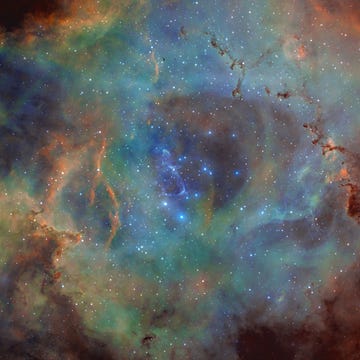
Theory Says Our Universe Is Eating Baby Universes

Astronomers Caught Dark Matter in the Cosmic Web
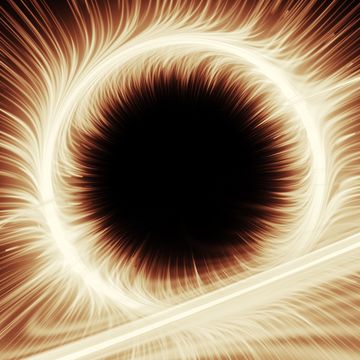
A Study Says Black Holes Can Create Space Lasers
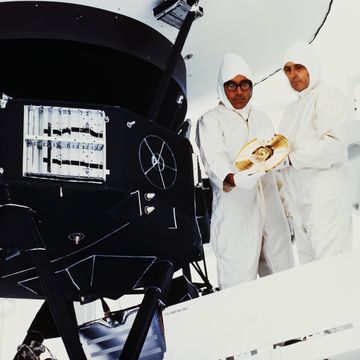
Voyager 1 Has Gone Silent in Deep Space

Experts Solved the Case of the Missing Sulfur

Experts Are About to Map the Fabric of Space-Time
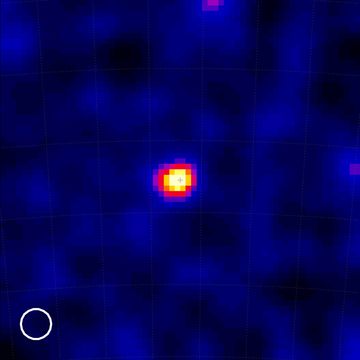
This Is the Most Hi-Res Image of a Gamma Ray Ever
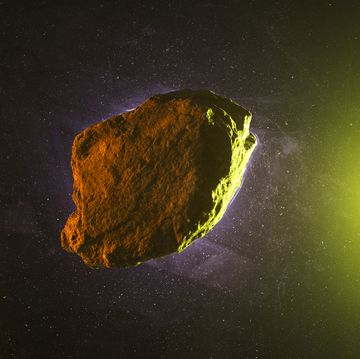
Asteroid Matter May Contain 'Seeds of Life'
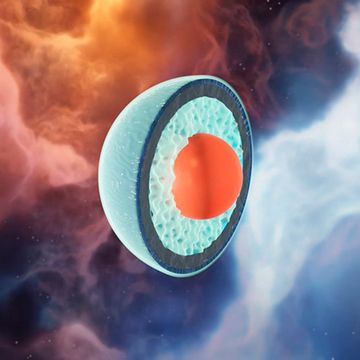
Neutron Star May Reveal Life’s Essence
If We Ever Travel to Another Star, We’re Going Here
Astronomers may have found another planet around Proxima Centauri, the sun’s closest neighbor.

By cosmic standards, Proxima Centauri is right next door. At 4.2 light-years away, it is the closest star to our sun, which makes the planets around Proxima the closest planets to us of any in the universe.
Right now, one of the best ways to get information about our neighboring planets is from a very sophisticated telescope instrument in Chile that astronomers use to peer beyond Earth’s atmosphere. Exoplanets are everywhere, and researchers have detected several thousand of them around the Milky Way, but there’s something special about finding an exoplanet close to home. And that instrument—the Echelle Spectrograph for Rocky Exoplanet and Stable Spectroscopic Observations, or ESPRESSO—recently gave astronomers that extra kick, evidence of a new potential planet.
Even this close, we can’t swing by for a visit, of course, not with current technology. But if human beings ever embark on an interstellar journey, Proxima Centauri is the place they’ll go. Researchers, no doubt fueled by actual cups of espresso, are already thinking deeply about what it would take to reach the cosmic neighborhood where the star resides, starting with tiny robots that could fly faster than traditional spacecraft and shorten the journey from thousands of years to mere decades . And, as with any long, expensive, and high-stakes journey, it's nice to do a bit of research ahead of time about what you might encounter at your destination.
The new maybe-planet isn’t a planet until further study, but if the data check out, the discovery would mean that Proxima Centauri has its very own planetary system, with worlds brewed from their star’s leftover gas and dust just as our own planets were. In 2016, astronomers found Proxima b, a planet about the size of Earth, orbiting in the star’s habitable zone, and have since confirmed its existence. They’re still working to confirm Proxima c, the larger planet they detected in 2019. Now they’re tentatively excited about this latest candidate planet, which they’re calling Proxima d, and which looks like an even better prospect than Proxima c.
Read: The curious case of the evaporating exoplanet
Astronomers can’t actually see any of the Proxima planets, but they can detect signs of their presence by observing the movements of their star. As the planets go round, their gravity tugs at Proxima Centauri, causing the star to wobble ever so slightly. João Faria, an astrophysicist at the Instituto de Astrofísica e Ciências do Espaço, in Portugal, and his colleagues were studying Proxima Centauri in this way, trying to glimpse Proxima b to help confirm its existence, when they found a surprise wobble that they believe comes from another, smaller planet.
According to the data, Proxima d is about a quarter of Earth’s mass and orbits just outside of Proxima Centauri’s habitable zone, locked into a special configuration around its star. “One side of the planet is always in daytime, and one side is always in nighttime,” Emily Gilbert, a Ph.D. candidate in planetary science at the University of Chicago who studies exoplanets, told me. Proxima d takes just five days to loop around its star, and given the proximity, the planet probably doesn’t have an atmosphere, Gilbert said; it would be boiled away on the day side, and frozen off on the night side.
With news of Proxima d now out in the world, it’s up to other astronomers to analyze the available ESPRESSO data and also make their own observations of the maybe-planet. To learn more about this maybe-planet, particularly its composition, astronomers would need to spot Proxima d crossing in front of its star and examine how much starlight the planet blocks. Perhaps, along the way, they will uncover a new mysterious signal, as Faria and his team did when they observed Proxima b. More worlds could very well be circling Proxima Centauri, escaping detection. “I really wouldn’t want to bet, but I think this star can still be hiding some surprises,” Faria told me.
Read: When ‘the aliens are us’
Proxima is actually part of a triple-star system, known all together as Alpha Centauri. Alpha Centauri A and B orbit close together, while Proxima circles them farther out. Astronomers have attempted to detect planets around stars A and B as well, but the latest detection doesn’t look too promising , and the last one before that was determined to be a spurious signal in the observations. Still, Alpha Centauri A and B are particularly enticing in the search for life beyond Earth because they resemble our own sun. Proxima, on the other hand, is a red-dwarf star—smaller, dimmer, and prone to frequent flares that emit radiation. “Red dwarfs are not very good for habitability,” Eduardo Bendek, a research scientist at NASA’s Jet Propulsion Laboratory, told me. “They sterilize the surface of planets around them.” But Alpha Centauri A and B are too bright for our best exoplanet-detecting instruments, and it’s tricky to determine whether any wobbling in their motions is the result of a lurking planet or just the stars themselves tugging at each other, Bendek said.
Bendek is working on one of several missions percolating in the space community that target our neighboring triple-star system. His project involves building a brand-new telescope specifically designed to observe nearby, bright stars such as Alpha Centauri A and B. Another ambitious effort involves a flyby of tiny, laser-propelled spacecraft that could beam home pictures. For decades, the stars of the Alpha Centauri system, particularly Proxima, have played in science fiction as the destination for humankind’s first interstellar trip. Our first attempt won’t be as grand as what those stories imagined. It will instead resemble our earliest voyages to explore the planets in our own system, when spacecraft flew past without stopping, trying to snap many pictures as they went. “This is basically the only system where we would have even a tiny chance of getting something there in our lifetimes,” Gilbert said.
share this!
March 29, 2024
This article has been reviewed according to Science X's editorial process and policies . Editors have highlighted the following attributes while ensuring the content's credibility:
fact-checked
trusted source

Mapping the best route for a spacecraft traveling beyond the sun's sphere of influence
by Patricia DeLacey, University of Michigan College of Engineering
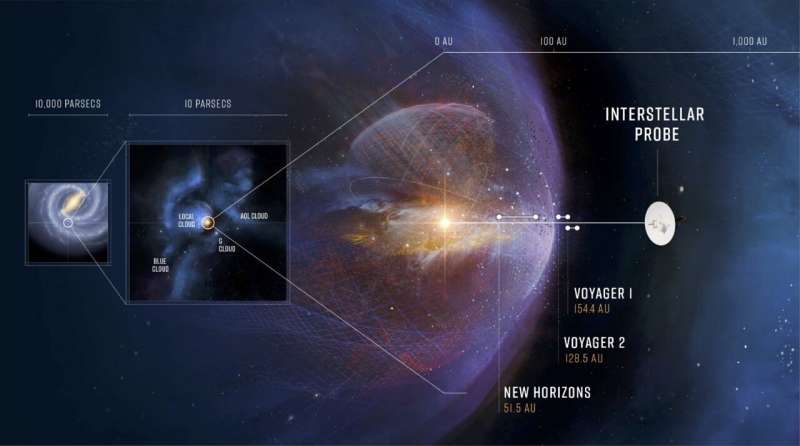
The heliosphere—made of solar wind, solar transients, and the interplanetary magnetic field—acts as our solar system's personal shield, protecting the planets from galactic cosmic rays. These extremely energetic particles accelerated outwards from events like supernovas and would cause a huge amount of damage if the heliosphere did not mostly absorb them.
Currently, the scientific community cannot reach a consensus on the boundaries or contours of this protected space, and they're exploring mission concepts for an interstellar probe that travels beyond the sun's sphere of influence to answer these questions.
A University of Michigan-led study published in Frontiers in Astronomy and Space Sciences provides recommendations to maximize scientific measurements to understand better the size and shape of our home in the heliosphere from the outside.
"Without such a mission, we are like goldfish trying to understand the fishbowl from the inside," said Sarah A. Spitzer, a postdoctoral research fellow at U-M and first author of the study.
"We want to know how the heliosphere protects astronauts and life in general from harmful galactic radiation, but that is difficult to do when we still don't even know the shape of our shield," said Marc Kornbleuth, a research scientist at Boston University and co-author of the study.
According to the study, the best possible exit route is through the side of the heliosphere's tail end.
The interaction of the heliosphere with the local interstellar medium—a material made of plasma, dust, and neutral particles filling the space between astrospheres—forms the shape of our heliosphere and influences the composition of the space environment within the solar system, including near Earth. Currently, models predict the heliosphere could form shapes including spherical, stretched and crescent-shaped.
No final determination of the shape of the heliosphere can be made without additional measurements outside the heliosphere.
"A future interstellar probe mission will be our first opportunity to really see our heliosphere, our home, from the outside, and better to understand its place in the local interstellar medium," said Spitzer.
Thus far, the Voyager 1 and 2 spacecraft are the only missions to have potentially left the heliosphere. Now, 46 years after its 1977 launch, the spacecraft is well beyond its intended mission lifetimes and can no longer provide complete plasma measurements necessary for improving our understanding of the heliosphere's boundaries.
A future interstellar probe mission aims to travel beyond the heliosphere to collect samples from the local interstellar medium. A mission concept report from 2021 involving the collaboration of over 1,000 scientists discussed the payload, launch vehicle, and technical aspects of various trajectories. However, this report assumes that a probe trajectory near 45 degrees off the nose of the heliotail, or the front of the sun's directional motion, is optimal.
Challenging this assumption, the research team analyzed the scientific merit for six possible interstellar probe trajectories ranging from noseward to tailward directions. The researchers concluded that a trajectory intersecting the heliospheric flank toward the tailward direction would provide the best perspective on the shape of the heliosphere and maximize scientific outputs.
"If you want to find out how far back your house extends, walking out the front door and taking a picture from the front sidewalk is likely not your best option. The best way is to go out the side door so you can see how long it is from front to back," said Kornbleuth.
Further, models suggest that interstellar plasma may be injected directly into the heliosphere through the tail, providing an opportunity to sample interstellar plasma both within and beyond our heliosphere. To better understand the heliosphere's interaction with the interstellar medium, the researchers also recommend scientific measurements to be collected on future missions to the far edges of the heliosphere.
"This analysis took a lot of persistence. It started small and grew into a great resource for the community," said Susan Lepri, a professor of climate and space sciences and engineering at U-M and the last author of the study.
In its 46-year journey, the Voyager spacecraft has traveled about 163 astronomical units (15.2 billion miles) away from Earth. Looking ahead, a future interstellar probe will be designed for a 50-year mission intended to travel around 400 astronomical units and may even last to around 1,000 astronomical units, providing an unprecedented view of our heliosphere and the interstellar medium beyond.
Provided by University of Michigan College of Engineering
Explore further
Feedback to editors

A cosmic 'speed camera' just revealed the staggering speed of neutron star jets in a world first
7 hours ago

Saturday Citations: 100-year-old milk, hot qubits and another banger from the Event Horizon Telescope project
10 hours ago

Curiosity rover searches for new clues about Mars' ancient water
13 hours ago

Study says since 1979 climate change has made heat waves last longer, spike hotter, hurt more people
14 hours ago

Scientist taps into lobsters' unusual habits to conquer the more than 120-year quest to farm them
Mar 29, 2024

Blind people can hear and feel April's total solar eclipse with new technology

Researchers outline new approach in search for dark matter through future DUNE research project

Researchers reveal evolutionary path of important proteins

Study identifies protein responsible for gas vesicle clustering in bacteria

Largest ice shelf in Antarctica lurches forward once or twice each day
Relevant physicsforums posts, tv series: 3 body problem - affects gravitational force, our beautiful universe - photos and videos.
6 hours ago
Where are the black holes?
11 hours ago
Terminology for motion in the solar system, ecliptic maybe?
Eye protection while watching a total solar eclipse, atmospheric escape parametre statistics.
Mar 27, 2024
More from Astronomy and Astrophysics
Related Stories

Probing deep space with Interstellar
Apr 26, 2021

NASA's interstellar mapping probe prepares for a 2025 launch
Dec 5, 2023

NASA Voyager 2 could be nearing interstellar space
Oct 5, 2018

Cassini, Voyager missions suggest new picture of Sun's interaction with galaxy
Apr 24, 2017

Voyager 2 illuminates boundary of interstellar space
Nov 5, 2019

Voyager 2 reaches interstellar space: Scientists detect plasma density jump
Nov 4, 2019
Recommended for you

Gravitational waves may have made human life possible

New cataclysmic variable discovered by astronomers
Let us know if there is a problem with our content.
Use this form if you have come across a typo, inaccuracy or would like to send an edit request for the content on this page. For general inquiries, please use our contact form . For general feedback, use the public comments section below (please adhere to guidelines ).
Please select the most appropriate category to facilitate processing of your request
Thank you for taking time to provide your feedback to the editors.
Your feedback is important to us. However, we do not guarantee individual replies due to the high volume of messages.
E-mail the story
Your email address is used only to let the recipient know who sent the email. Neither your address nor the recipient's address will be used for any other purpose. The information you enter will appear in your e-mail message and is not retained by Phys.org in any form.
Newsletter sign up
Get weekly and/or daily updates delivered to your inbox. You can unsubscribe at any time and we'll never share your details to third parties.
More information Privacy policy
Donate and enjoy an ad-free experience
We keep our content available to everyone. Consider supporting Science X's mission by getting a premium account.
E-mail newsletter
- Getting Results.
- Newsletters
WEATHER ALERT
A rip current statement in effect for Coastal Volusia Region
How long would it take to travel to neighboring solar systems, the nearest exoplanet is 4.5 light years away.
Brianna Volz , Digital Journalist
Emilee Speck , Digital journalist
NASA's newest spacecraft TESS is designed to find more sun-planet systems like our own.
Since 1993, astronomers have confirmed the existence of thousands of planets orbiting stars outside our solar system, known as exoplanets. Some exoplanets are orbiting their stars within a habitable zone, meaning they are not too far and not too close to their stars, and are rocky, or terrestrial worlds, similar to Earth.
Recommended Videos
That's exciting news, because it means some of these other worlds could support life. The bad news is that these newly discovered worlds are light-years away and the technology doesn't exist yet to send a robotic mission, let alone a crewed spacecraft to meet our nearest neighbors.
There are innovators currently working toward finding a way to reach those neighboring planet systems.
Breakthrough Starshot, a $100 million program co-founded by Yuri and Julia Milner, and officially announced by the late Stephen Hawking, is working toward ultra-light travel at 20 percent the speed of light in an attempt to make a flyby mission to one of the nearest planet systems, Alpha Centauri.
Discovered in 2016, the planets orbit the red dwarf star Proxima Centauri, and are more than four light-years away.
The initiative would use ground-based light beams to push tiny spacecraft attached to light sails, powered by the sun, to speeds of up to 100 million miles an hour. The innovators behind the program estimate that would allow a flyby mission to reach Alpha Centauri in about 20 years after launch. However, many engineering challenges lay ahead to make a mission like that possible.
The distance light travels in one year is about 5.9 trillion miles. Even if we had the technology to travel at the speed of light, it would take more than four years to get to Alpha Centauri.
Joe Harrington, a University of Central Florida physics professor of planetary science, who specializes in exoplanets, said how fast the technology is developed to make a mission like Starshot happen depends on multiple factors.
"Where we are in 20 years depends very strongly on general public interest, (and) wealthy people who want to invest," Harrington said.
Funding is big a problem, Harrington said. He said the commercialization of rocket launchers is helping bring the cost down, but he doesn't see those same companies launching scientific missions on their own.
"If they were going to do that they would have done it," Harrington said of billionaires like SpaceX founder Elon Musk and Blue Origin's Jeff Bezos.
Read on to find out how long it would take to make the trek to our solar system's nearest neighbor.
Read more about how the MIT-led mission TESS will find exoplanets below and follow our launch coverage of the spacecraft here.
Copyright 2018 by WKMG ClickOrlando - All rights reserved.
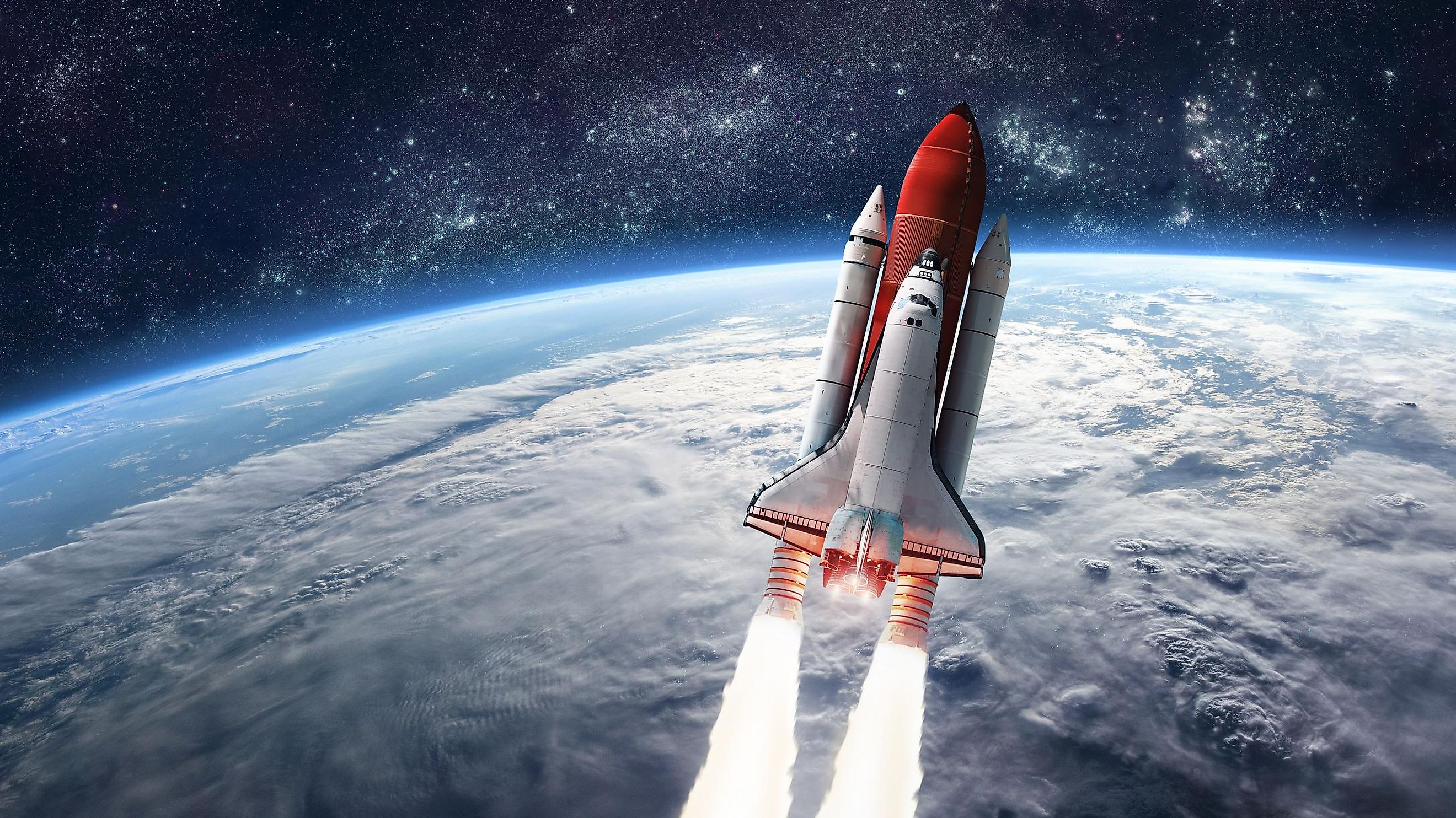
- How Long Would It Take To Travel To Each Planet?
Our solar system is home to eight individual planets . Moving outwards from the sun , they are Mercury, Venus, Earth, Mars, Jupiter, Saturn, Uranus, and Neptune. Some of these worlds are far closer than others, and the time it would take to travel to each planet is different for every one of them. Just how long would it take to travel to each planet?
Mercury and Venus
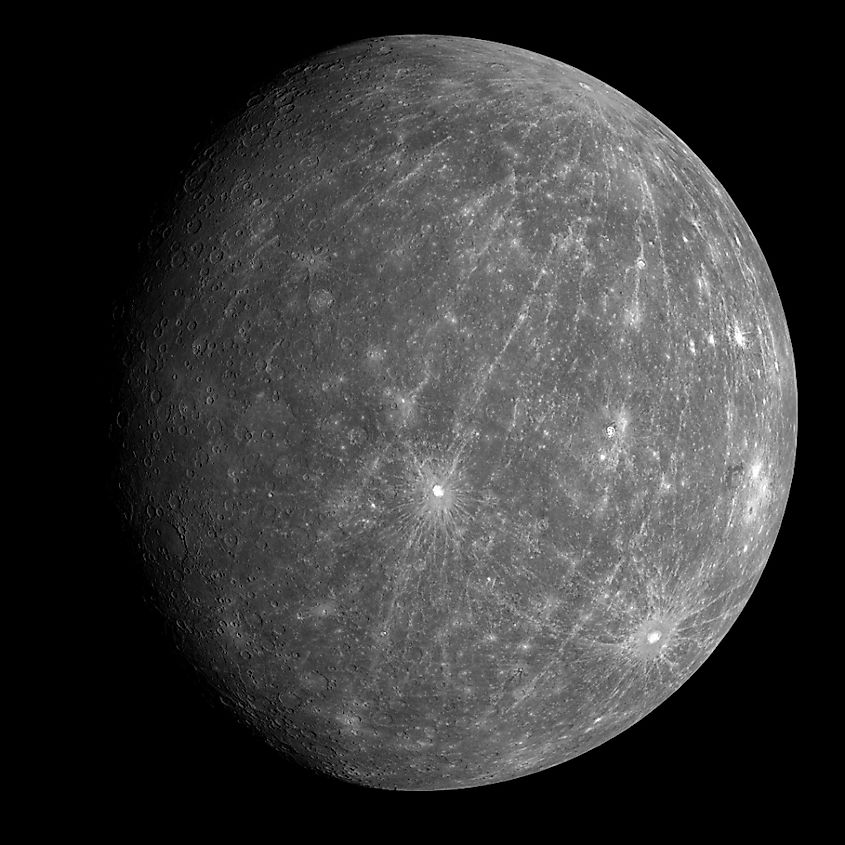
How long it would take to travel to the planets is dependent upon a number of factors, such as the route you take, the spacecraft you use, and where the planets are located in their respective orbits . To simplify things, we will assume that the route you take is a direct one and that the planets are at their closest approach to one another. Furthermore, we will assume that any spacecraft we use to travel to the planets is as fast as the New Horizons spacecraft, which happens to be one of the fastest human-made objects ever built. At its fastest, New Horizons reached a speed of about 50,000-miles per hour (80,000-kilometres per hour). Since Mercury and Venus are the closest planets to Earth , the time it would take to travel to them will be the shortest. At its closest approach, Mercury is about 48-million miles (77-million kilometres) from Earth. To calculate time, we simply divide distance by velocity, so in this case we divide 48-million miles by 50,000-miles per hour, giving us 960-hours of travel time. Divide this by 24-hours, and we get the number of days it would take to get to Mercury, which ends up being 40-days. When Venus is at its closest approach to Earth, it is about 38-million miles (61-million kilometres) away, and so it would take about 32-days to get to Venus.
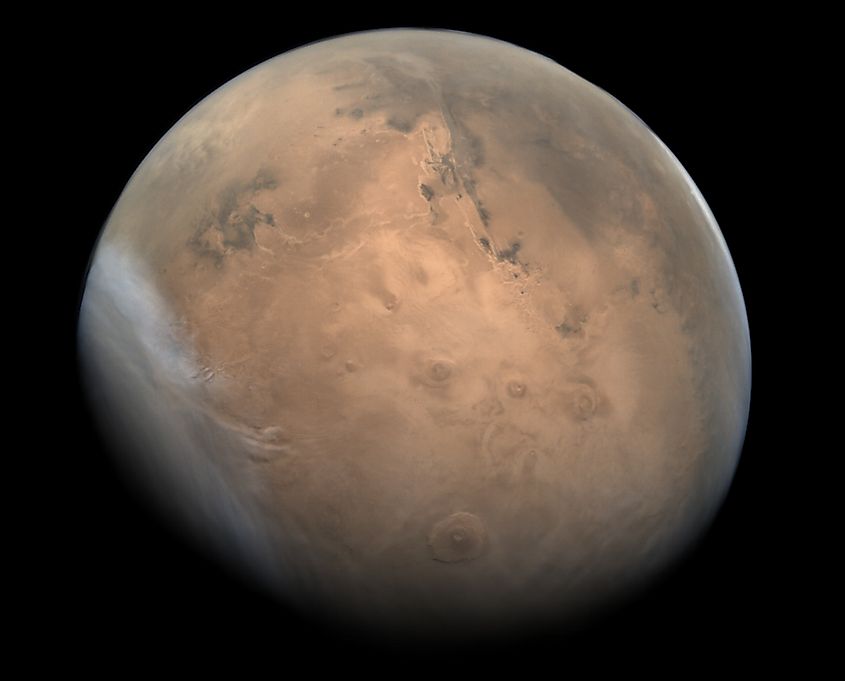
Mars is the most frequently visited planet in our solar system. While humans have yet to land on the Martian surface, space agencies have sent a number of rovers , landers, and satellites to study the Red Planet. During its closest approach, Mars is about 51-million miles (82-million kilometres) away from Earth. Moving at a speed of 50,000-miles per hour, it would take you about 42.5-days to reach Mars.
Jupiter and Saturn
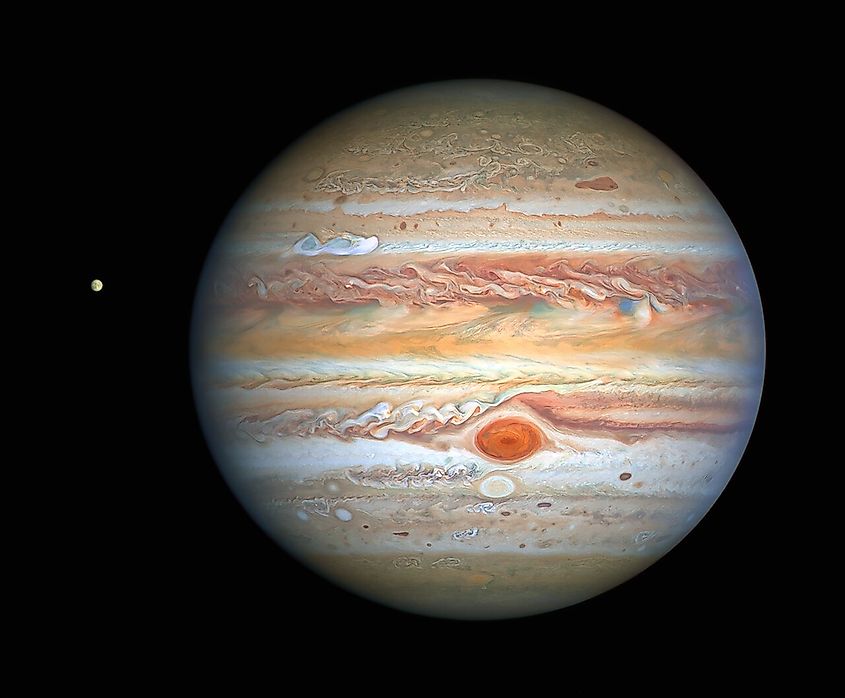
Beyond the orbit of Mars is the realm of the gas giants . Beyond Mars, the gas giants are much further away than their rocky counterparts. Jupiter is the closest gas giant to Earth, yet even at its closest approach it is still 367-million miles (590-million kilometres) away from our world. At this distance and moving at a speed of 50,000-miles per hour, it would take you 306-days to reach Jupiter. Saturn , meanwhile, is much further away than even Jupiter. At its closest approach to Earth, Saturn is 746-million miles (1.2-billion kilometres) away. At this distance, it would take you 622-days or 1.7-years to reach Saturn.
Uranus and Neptune
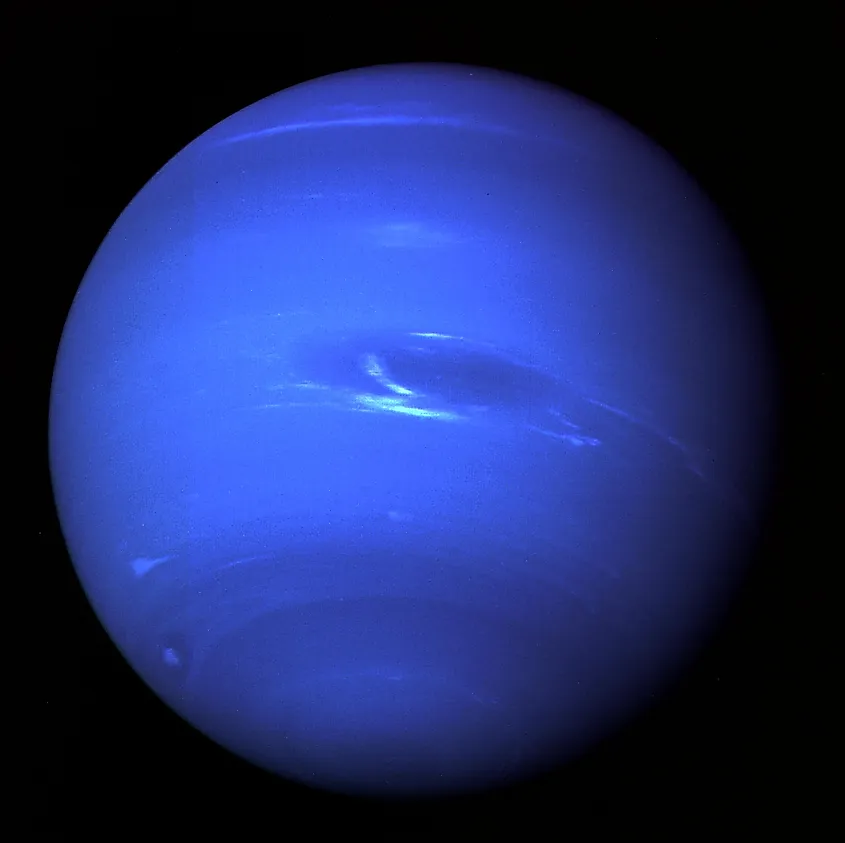
Beyond Jupiter and Saturn are the two outermost planets of our solar system, Uranus and Neptune . These two worlds are so far away from us that they are the only two planets not visible to the naked eye. At its closest approach to the Earth, Uranus is located a staggering 1.7-billion miles (2.7-billion kilometres) away. Travelling in a spacecraft moving at 50,000-miles per hour, it would take you 1,416-days or 3.88-years to reach Uranus. When Neptune is at its closest approach, the distance between Earth and Neptune is 2.7-billion miles (4.3-billion kilometres), and so it would take 2,250-days or 6.16-years.
Planetary Travel Time
More in science.
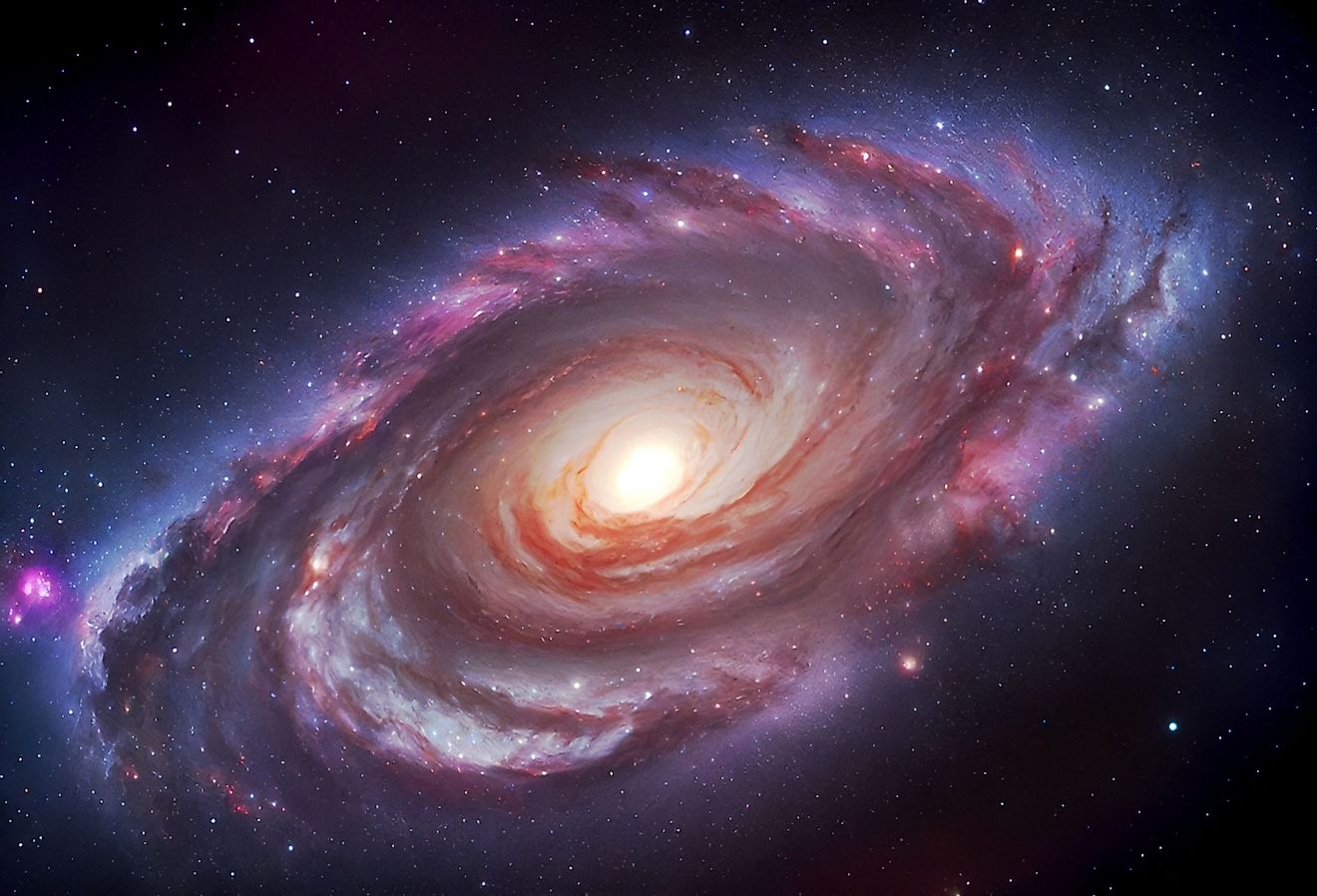
Is the Milky Way Galaxy A Different Shape Than We Thought?
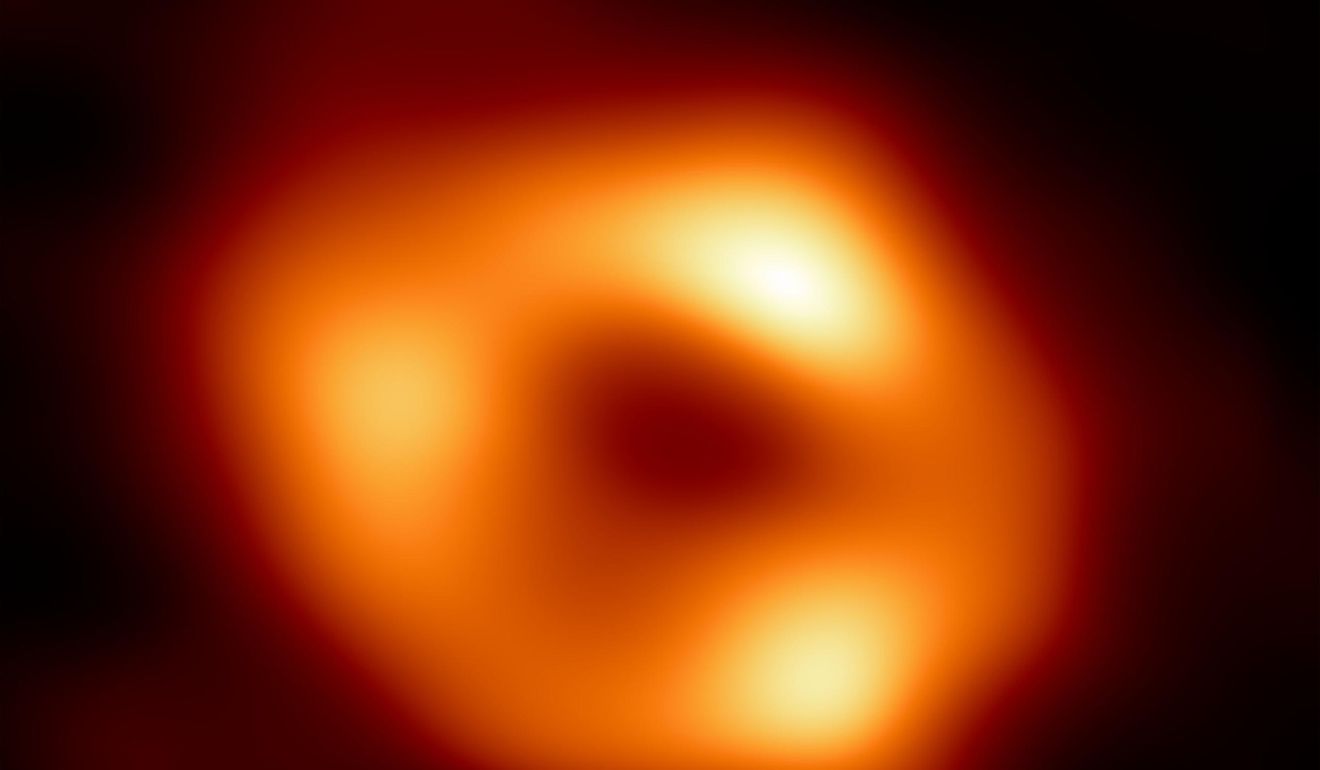
Can Black Holes Be Tangles in the Fabric of Space-Time?
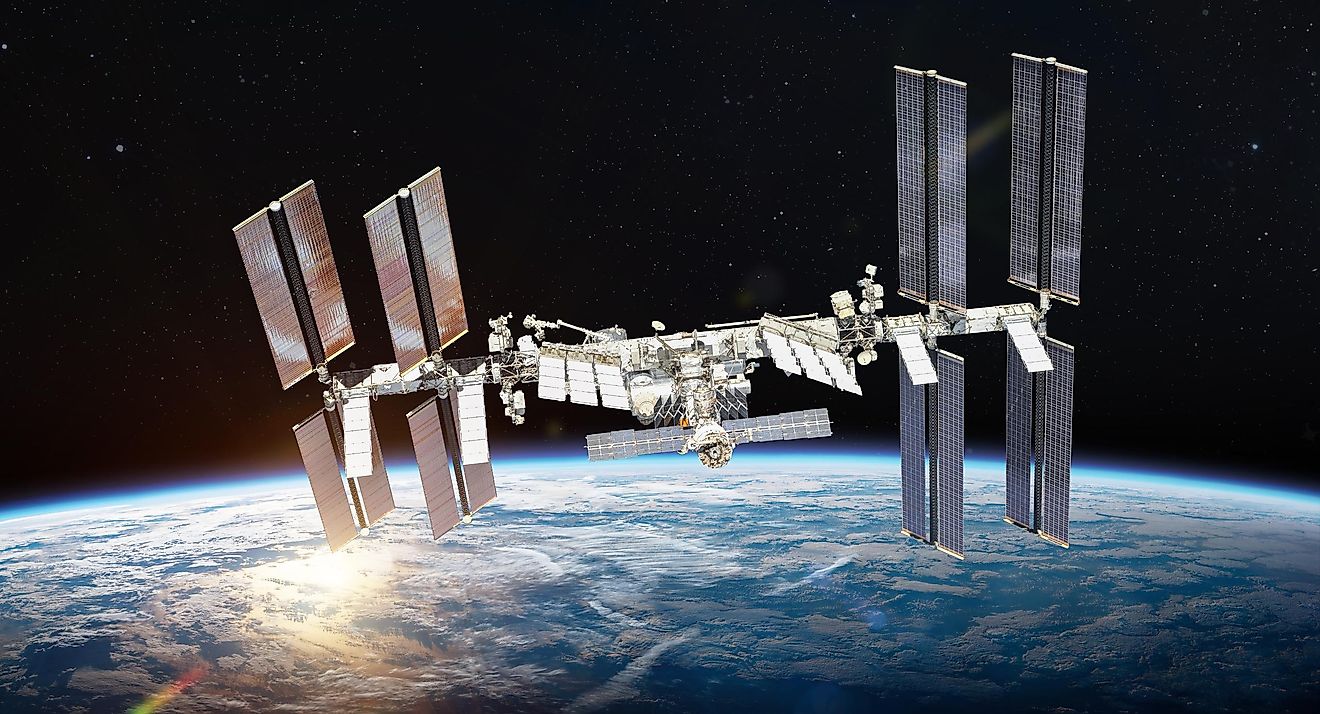
How Many Space Stations Are There In Space?

The Different Causes Behind Sky and Oceans' Shared Blue Color

Can We Explain The Beginning Of The Universe?
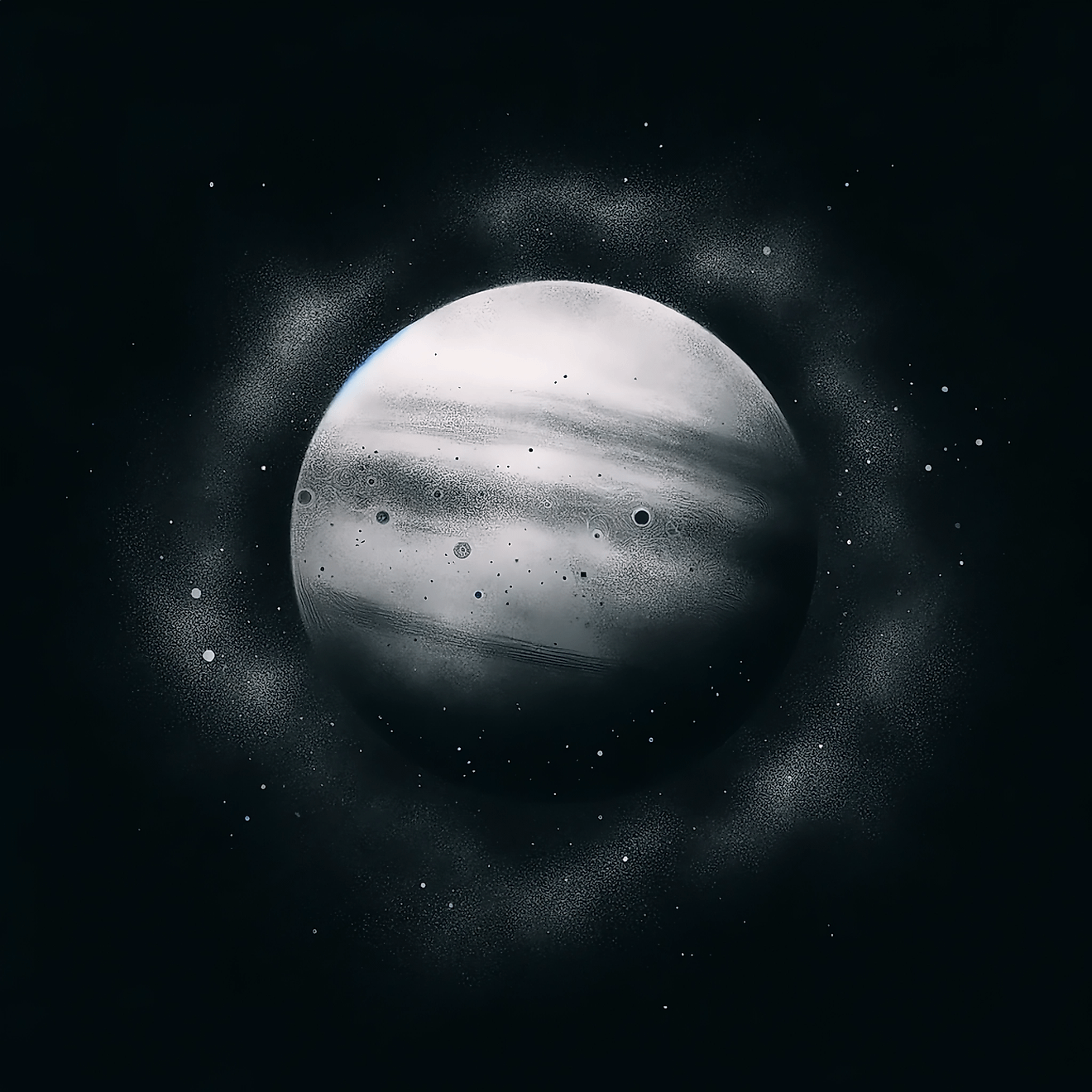
The Stray Planet That Escaped Our Solar System

Can Bacteria Survive in Space?
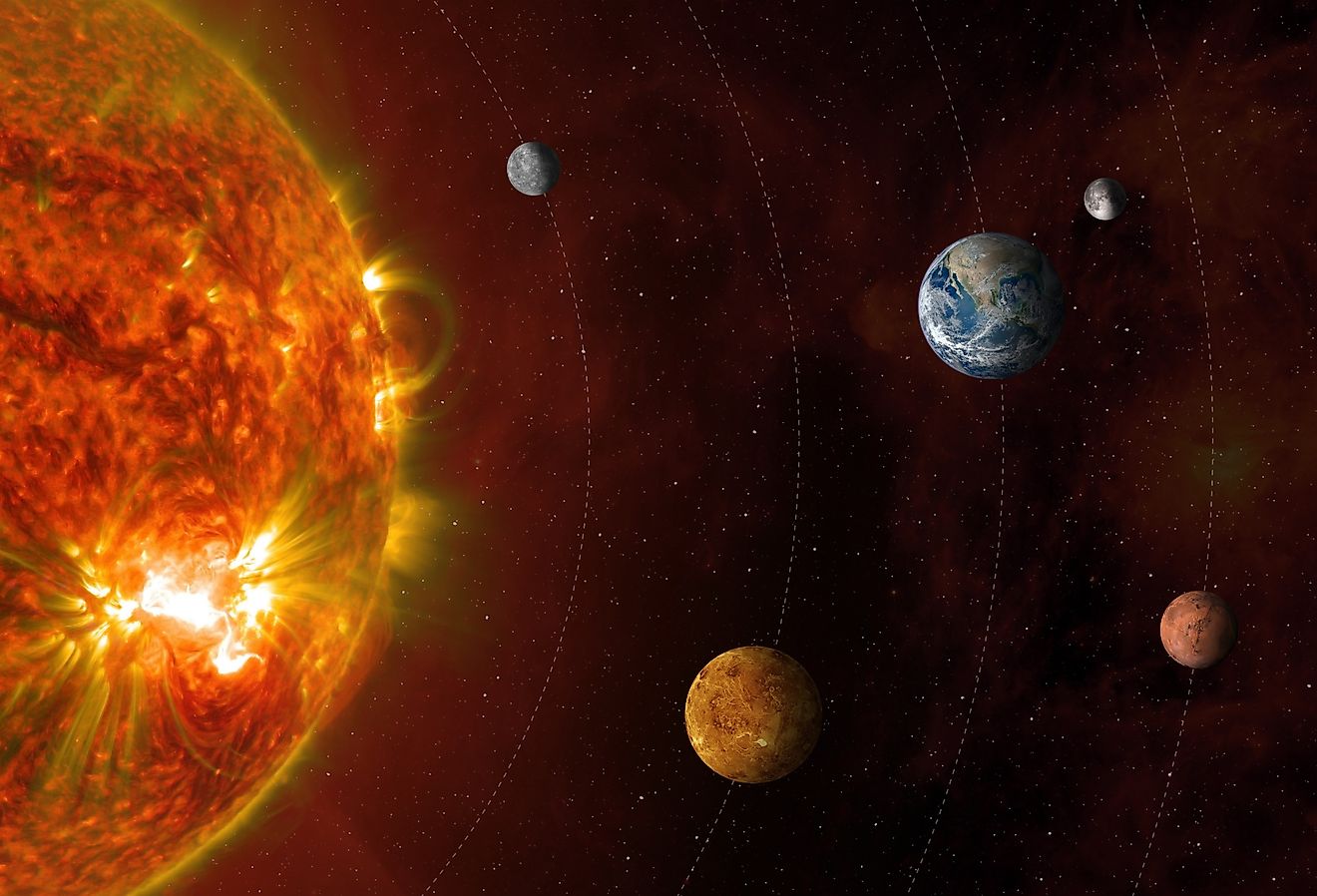
Why Does Venus Rotate Slowly Despite Being So Close to the Sun?

News | November 11, 2021
Discovery alert: a giant planet and three eclipses.
By Pat Brennan, NASA's Exoplanet Exploration Program

Illustration of recently discovered circumbinary planet, TIC 172900988 b. Image credit: NASA/JPL-Caltech
The planet: TIC 172900988 b
The discovery: A newly discovered planet about as big around as Jupiter belongs to a system that’s a stunner. The planet orbits two stars and, viewed from Earth, crosses the faces of both. That means this system put on quite a show for astronomers: They observed the two stars make a total of three eclipses, while the planet traced its way across one star and then, a few days later, across the other.
Discoveries
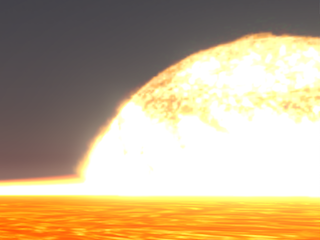
Key facts: Planetary transits – when a planet crosses its star’s face – are a major path to the discovery of exoplanets, or planets around other stars. Space telescopes like NASA’s TESS, the Transiting Exoplanet Survey Satellite, scan thousands of stars at a time, hunting for the tiny dip in starlight when an orbiting planet crosses the face of its parent star. TESS has discovered more than 150 confirmed exoplanets since its launch in 2018, including the new giant, and nearly 3,500 exoplanet candidates awaiting further confirmation.
Details: Worlds that orbit two stars are known as “circumbinary” planets because they orbit “binary” stars, or stars in orbit around each other. Finding transiting circumbinaries is quite rare; TESS’s predecessor, the now retired Kepler Space Telescope, yielded discoveries of thousands of exoplanets, but only around a dozen circumbinary planets. The new planet, TIC 172900988 b, is a gas giant the size of our own Jupiter, though far more massive. It orbits two Sun-like stars that, in turn, orbit each other.
But even among circumbinaries, this discovery stands out. Its year, once around the two stars, takes about 200 days. That would normally present a big challenge to astronomers trying to figure out the dynamics of this system; they would have to wait 200 days, for example, to see another transit and confirm the planet’s orbital period. But TESS makes its observations sector by sector; in this case the scientists had only 30 days of observations of the circumbinary planetary system before TESS moved on to another patch of sky.
Thanks to the configuration of these stars and their planet, and the advantages of our angle of view from Earth, astronomers had most of the information they needed. The three eclipses could be observed as part of the 20-day orbit of the stars around each other; and the scientists saw only a five-day gap between the planet’s transit of the first star and the second one.
This was the first time a science team was able to calculate such intricate orbital motions from such a limited amount of data.
And high-resolution imaging in the near-infrared part of the light spectrum revealed what might be a third star in this system. The star would have a very long orbit – about 5,000 years – encircling both stars and the newly discovered planet. This ultra-cool star has a low mass (or heft), less than 10 percent of the other two stars and only 30 times more massive than the giant planet.
Fun facts: The same day the dynamic new system was entered into NASA’s Exoplanet Archive , on Sept. 10, it had some extraordinary company: a strange new world called TOI-1518 b. This planet is an “ultra-hot Jupiter,” strange enough in its own right, because such worlds make scorchingly tight orbits around their stars. A year on this planet takes just 1.9 days. Now add an extremely weird shape to that orbit. The orbit is sharply angled compared to the axis of the star’s spin, and it gets weirder: the planet also orbits in the opposite direction from the star’s rotation. TESS continues, it seems, to capture evidence not only of bizarre planets, but bizarre planetary systems as well.
The discoverers: An international science team led by Veselin B. Kostov, of NASA’s Goddard Space Flight Center, discovered the transiting circumbinary planet, TIC 172900988 b. The ultra-hot Jupiter with the wild orbit, TOI-1518 b, was confirmed using TESS data by another international team, this one led by Samuel H.C. Cabot of Yale University.
Related Stories

Explore Alien Worlds

Exoplanet Travel Bureau

Strange New Worlds

Historic Timeline

Planet Sizes and Locations in Our Solar System
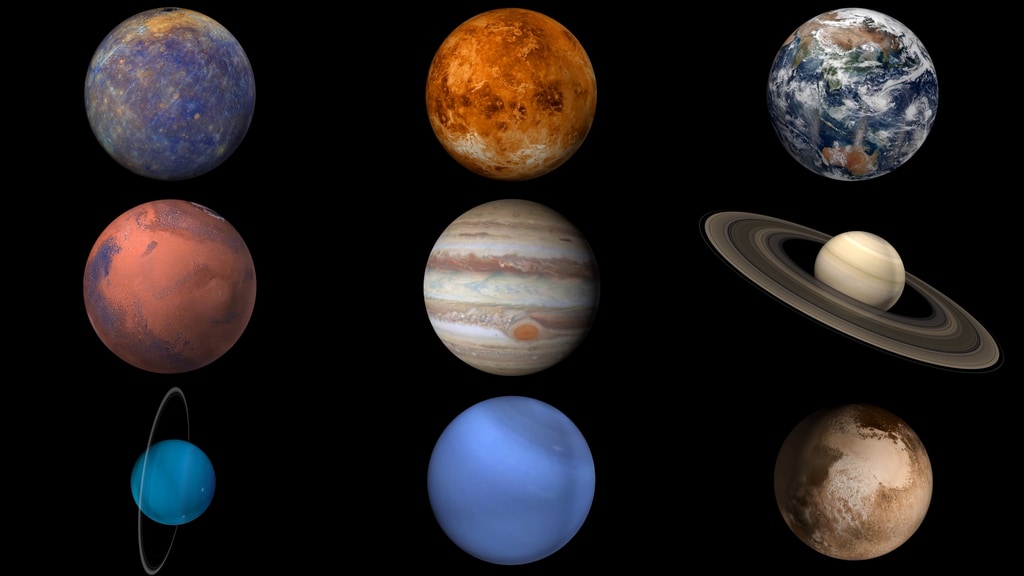
Our solar system has eight planets, and five officially recognized dwarf planets . Which planet is biggest? Which is smallest? What is the order of the planets as we move out from the Sun?
This is a simple guide to the sizes of planets based on the equatorial diameter – or width – at the equator of each planet. Each planet’s width is compared to Earth’s equatorial diameter, which is about 7,926 miles (12,756 kilometers).
At the bottom of the page, there is a handy list of the order of the planets moving away from our Sun.
Sizes of Planets
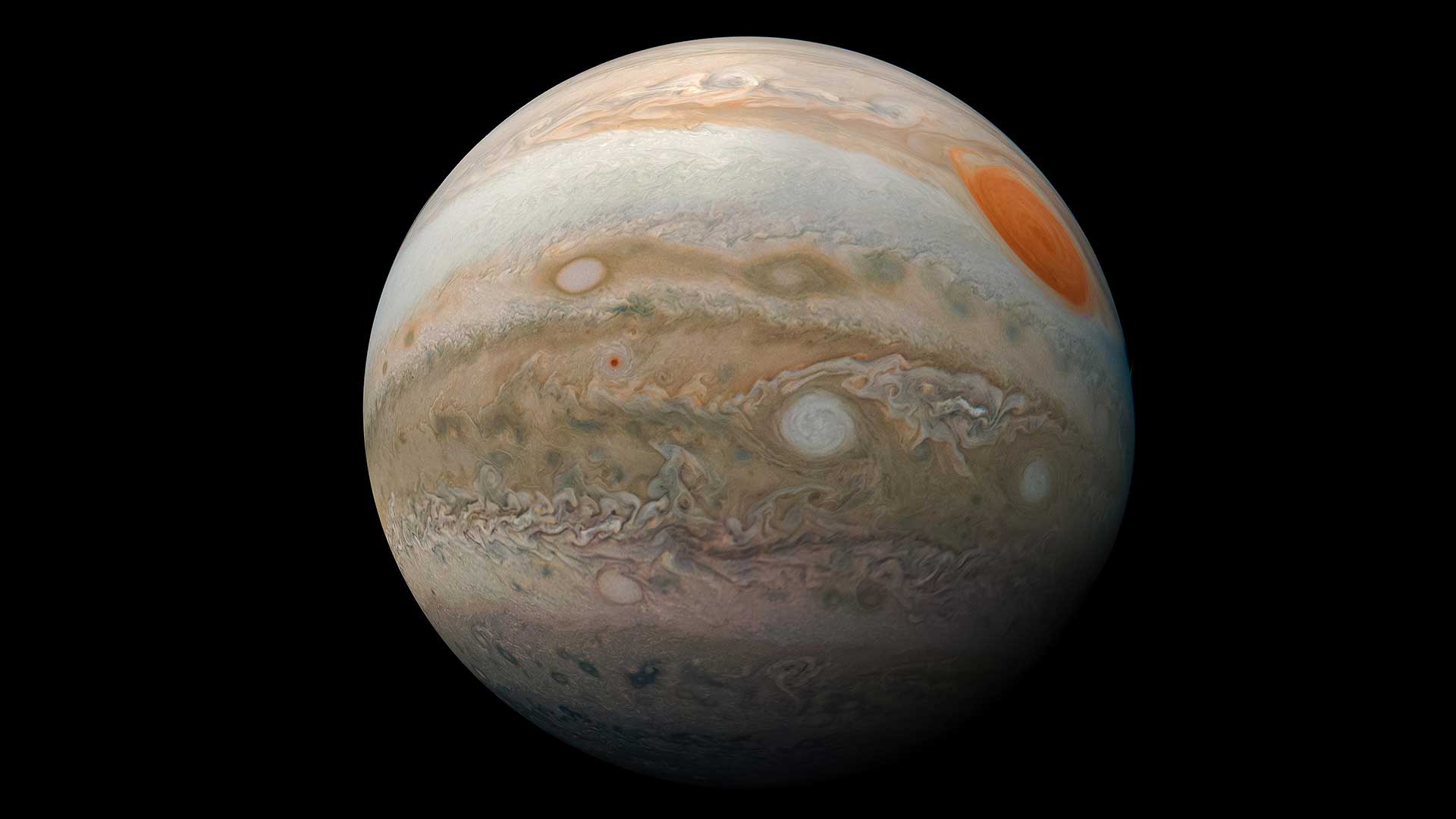
Jupiter is the largest planet in the solar system. It’s about 11 times wider than Earth with an equatorial diameter of 88,846 miles (about 142,984 kilometers). Jupiter is the fifth planet from the Sun, orbiting at an average distance of 483.7 million miles (778 million kilometers). It’s about five times farther from the Sun than Earth.
Explore Jupiter
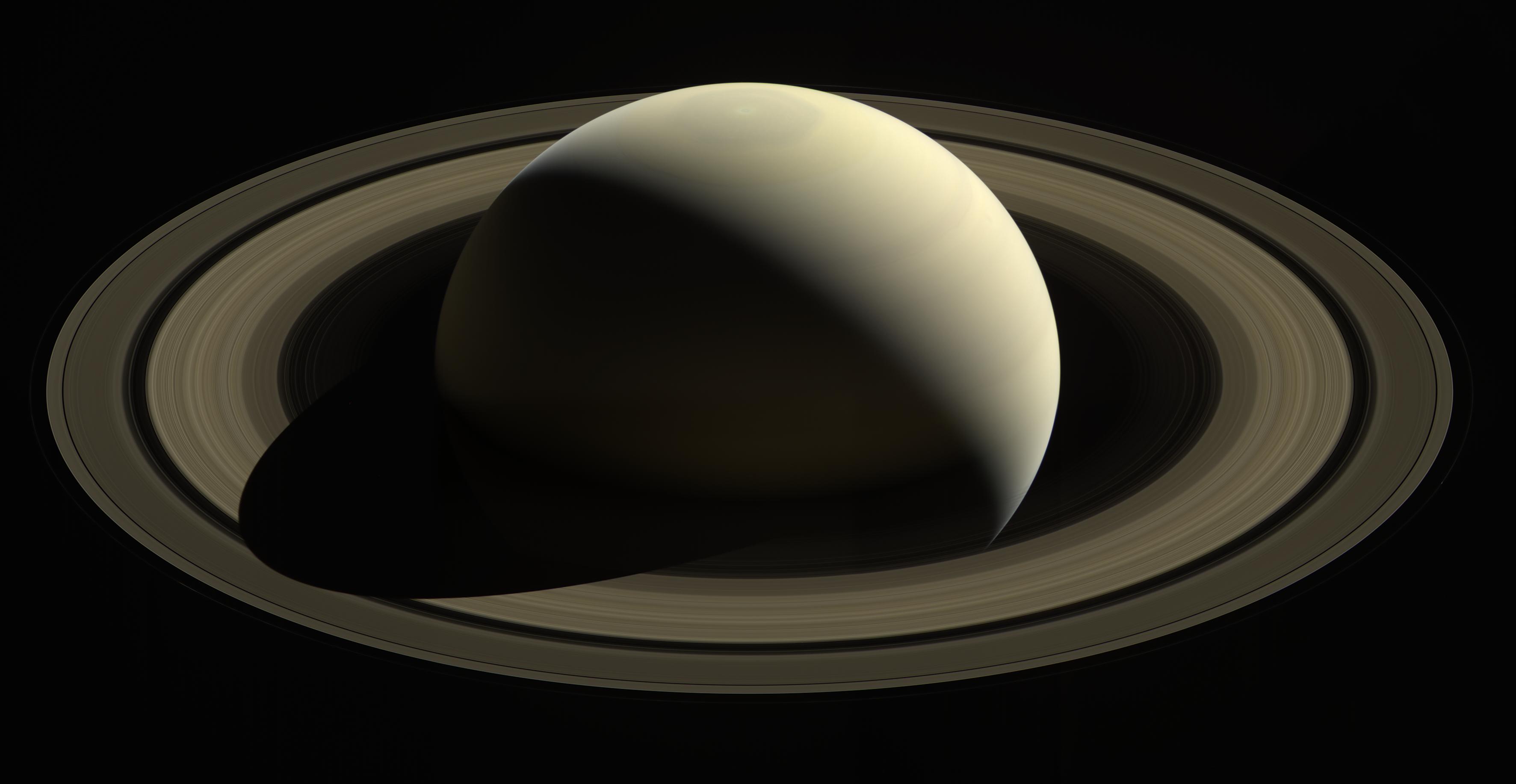
Saturn, known for its spectacular icy rings, is the second largest planet in our solar system. It’s about nine times wider than Earth, with an equatorial diameter of about 74,898 miles (about 120,536 kilometers). Saturn is the sixth planet from the Sun, orbiting at an average distance of 889.8 million miles (1.4 billion kilometers). It’s about 9.5 times farther from the Sun than Earth.
Explore Saturn
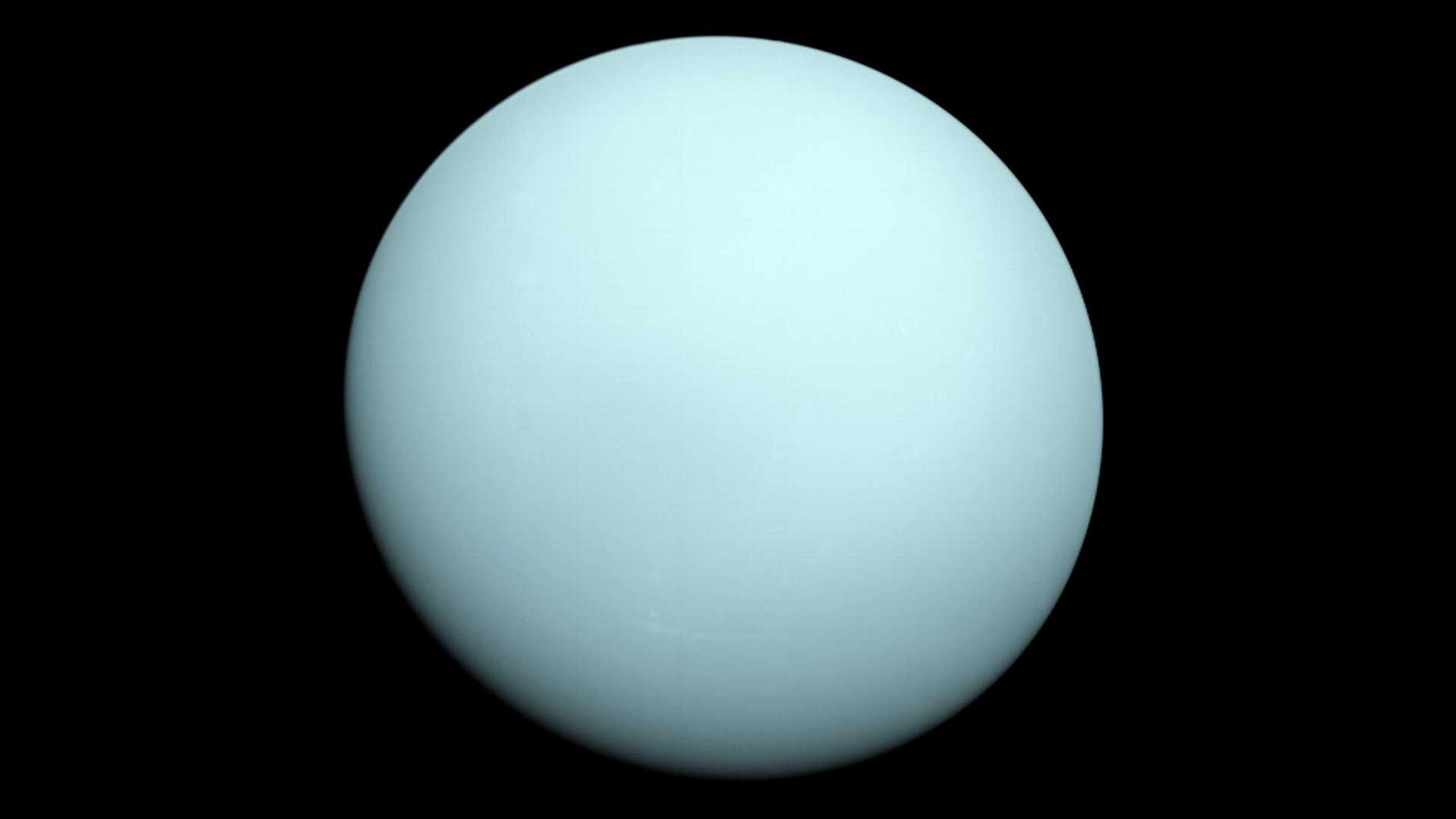
Uranus is the third largest planet in our solar system. It’s about four times wider than Earth, and has an equatorial diameter of about 31,763 miles (51,118 kilometers). Uranus is the seventh planet from the Sun, orbiting at an average distance of 1.8 billion miles (2.9 billion kilometers). It’s about 19 times farther from the Sun than Earth.
Explore Uranus
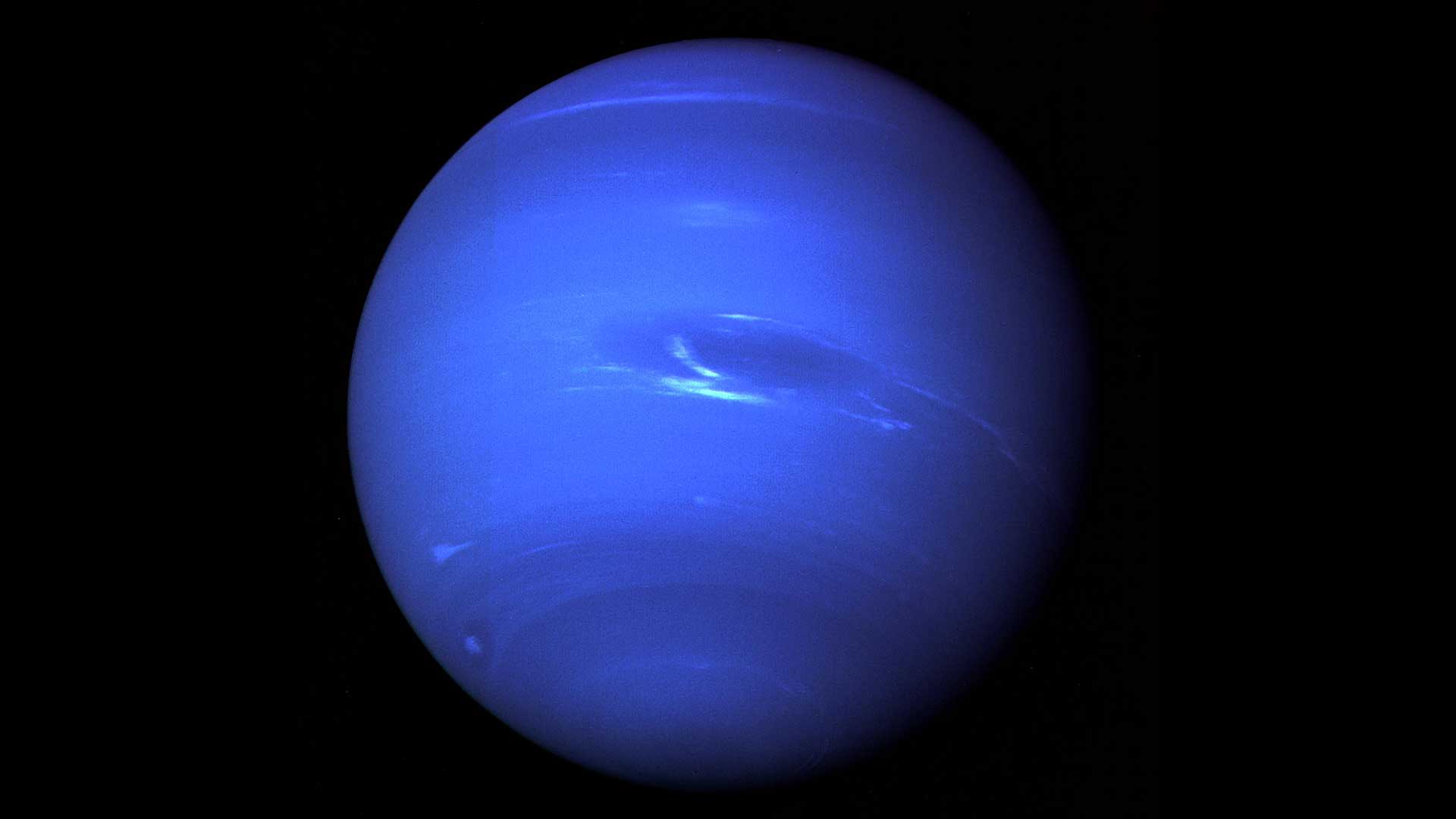
Neptune is the fourth largest planet. It’s about four times wider than Earth with an equatorial diameter of about 30,775 miles (49,528 kilometers). Neptune is the eighth, and the most distant planet from the Sun, orbiting at an average distance of 2.8 billion miles (4.5 billion kilometers). Neptune is about 30 times farther from the Sun than Earth.
Explore Neptune
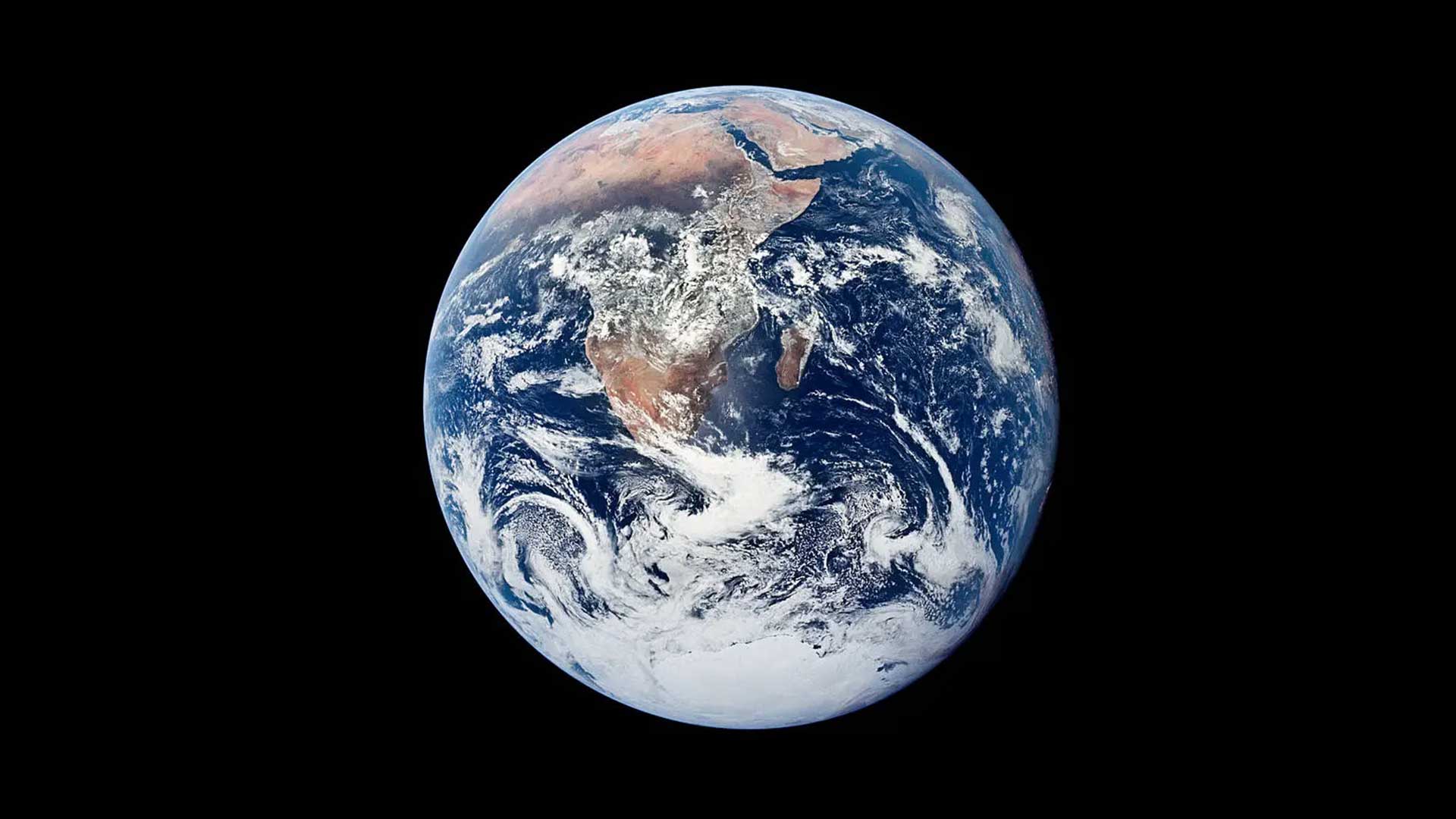
Earth is the fifth largest planet in the solar system. It has an equatorial diameter of about 7,926 miles (12,756 kilometers). Earth is the third planet from the Sun, orbiting at an average distance of 93 million miles (149.7 million kilometers).
Explore Earth
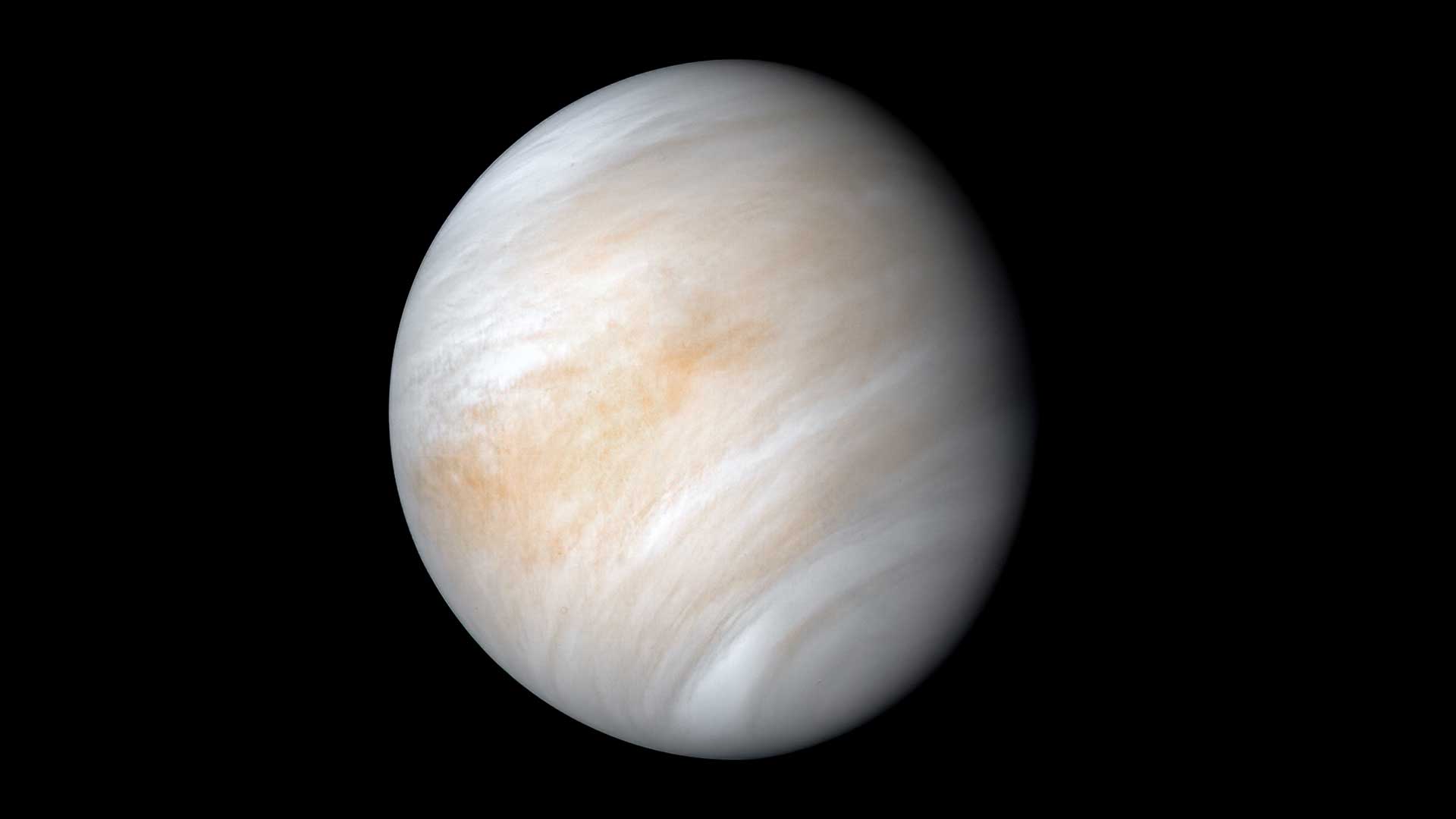
Venus is the sixth largest planet in the solar system. Venus is about the same width as Earth, and has an equatorial diameter of about 7,521 miles (12,104 kilometers). For this reason, Venus is sometimes known as Earth’s twin. Venus is the second planet from the Sun, orbiting at an average distance of 67.2 million miles (108 million kilometers). Venus is about 26 million miles (42 million kilometers) closer to the Sun than Earth.
Explore Venus
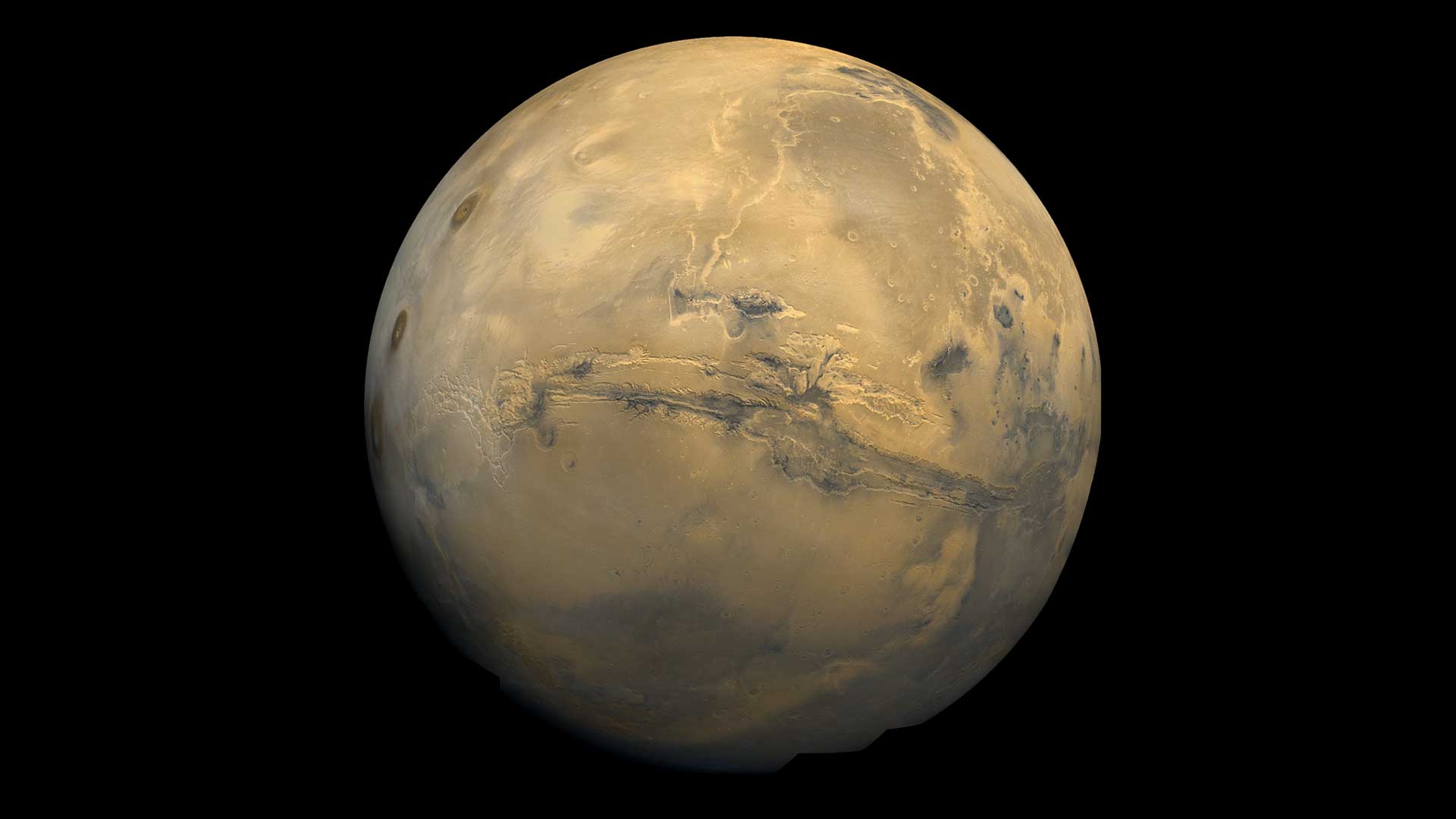
Mars, the red planet, is the seventh largest planet in our solar system. Mars is about half the width of Earth, and has an equatorial diameter of about 4,221 miles (6,792 kilometers). Mars is the fourth planet from the Sun, orbiting at an average distance of 141.6 million miles (227.9 million kilometers). Mars is about 49 million miles (79 million kilometers) farther from the Sun than Earth.
Explore Mars
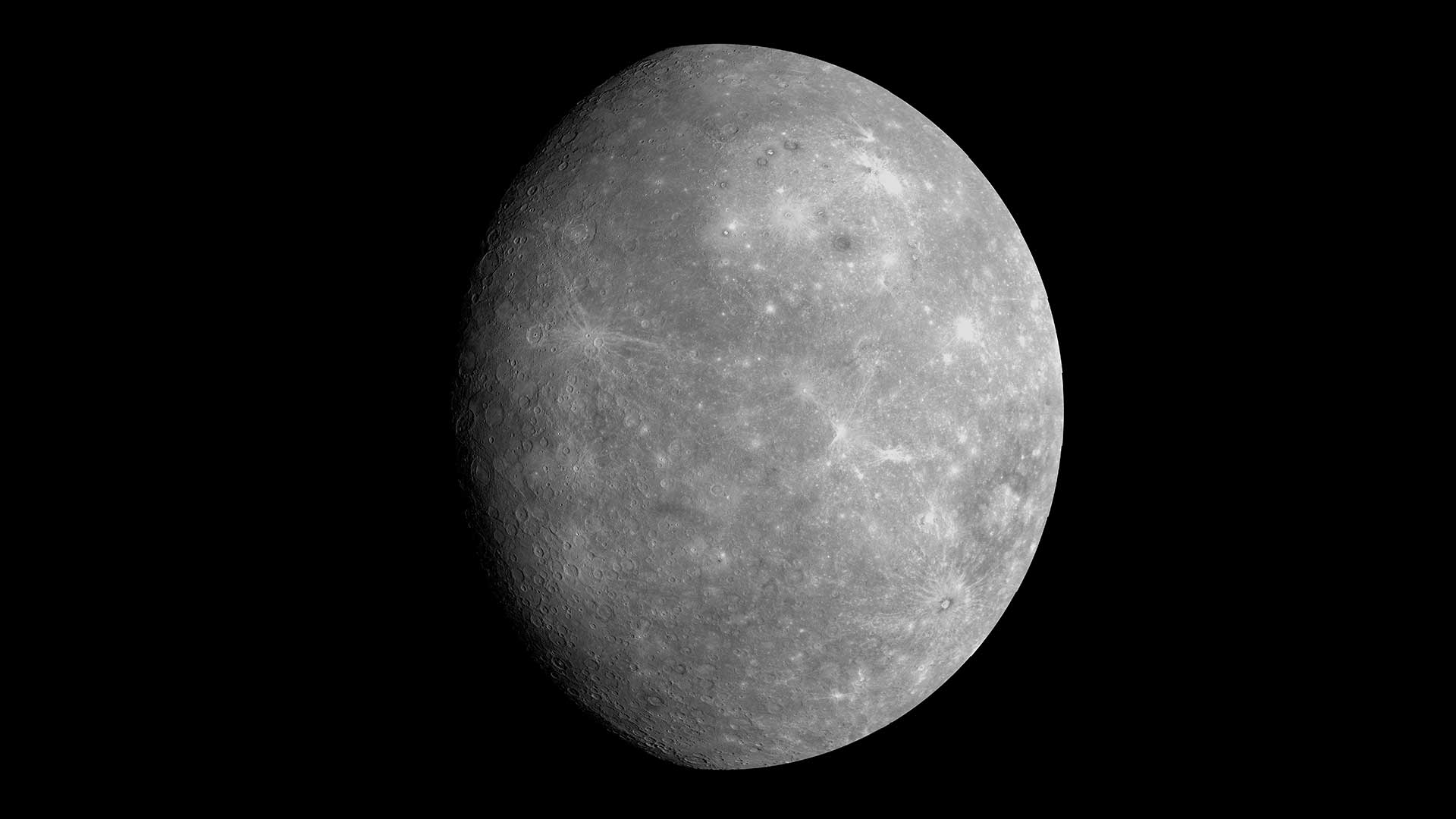
Mercury is the smallest planet in our solar system. Mercury is a little more than one-third the width of Earth, and has an equatorial diameter of about 3,032 miles (4,880 kilometers). Mercury is the closest planet to the Sun, orbiting at an average distance of 36 million miles (58 million kilometers). Mercury is 57 million miles closer to the Sun than Earth.
Explore Mercury
Sizes of Dwarf Planets
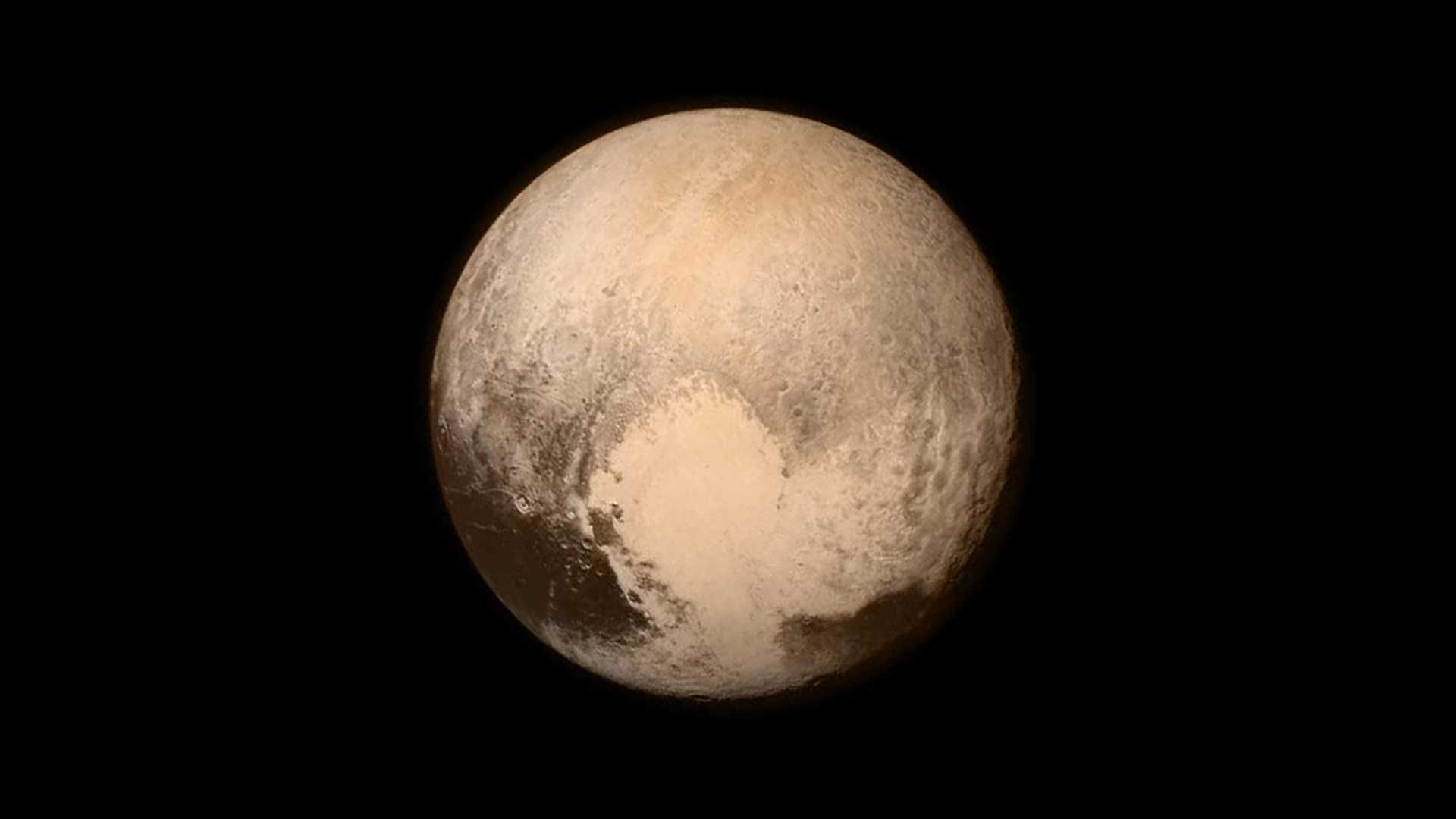
Pluto is the largest dwarf planet in our solar system, just slightly larger than Eris, at number two. Pluto has an equatorial diameter of about 1,477 miles (2,377 kilometers). Pluto is about 1/5th the width of Earth. Pluto orbits the Sun at a distance of about 3.67 billion miles (5.9 billion kilometers), or about 39 times farther away than Earth from the Sun.
Explore Pluto
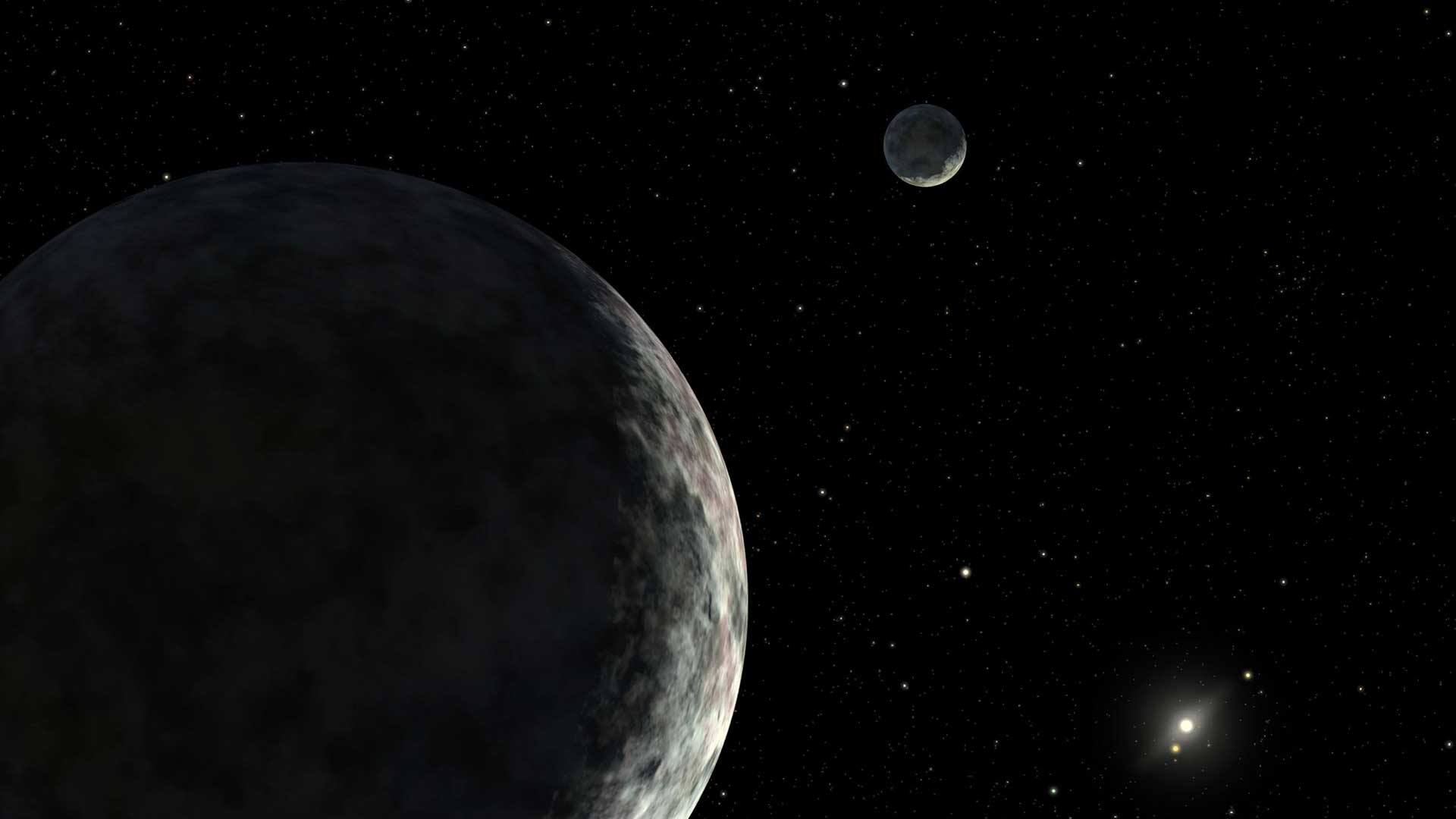
Eris is the second largest dwarf planet with an equatorial diameter of about 1,445 miles (about 2,326 kilometers). Eris is about 1/5th the width of Earth. It orbits the Sun from an average distance of 6.3 billion miles (10 billion kilometers). Eris is about 68 times farther from the Sun than Earth.
Explore Eris
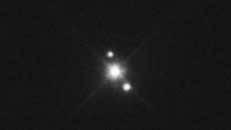
Haumea is the third largest dwarf planet with an equatorial diameter of about 1,080 miles (about 1,740 kilometers). Haumea is about 1/7 the width of Earth. It orbits the Sun from an average distance of 4 billion miles (6.5 billion kilometers), and it’s about 43 times farther from the Sun than Earth.
Explore Haumea
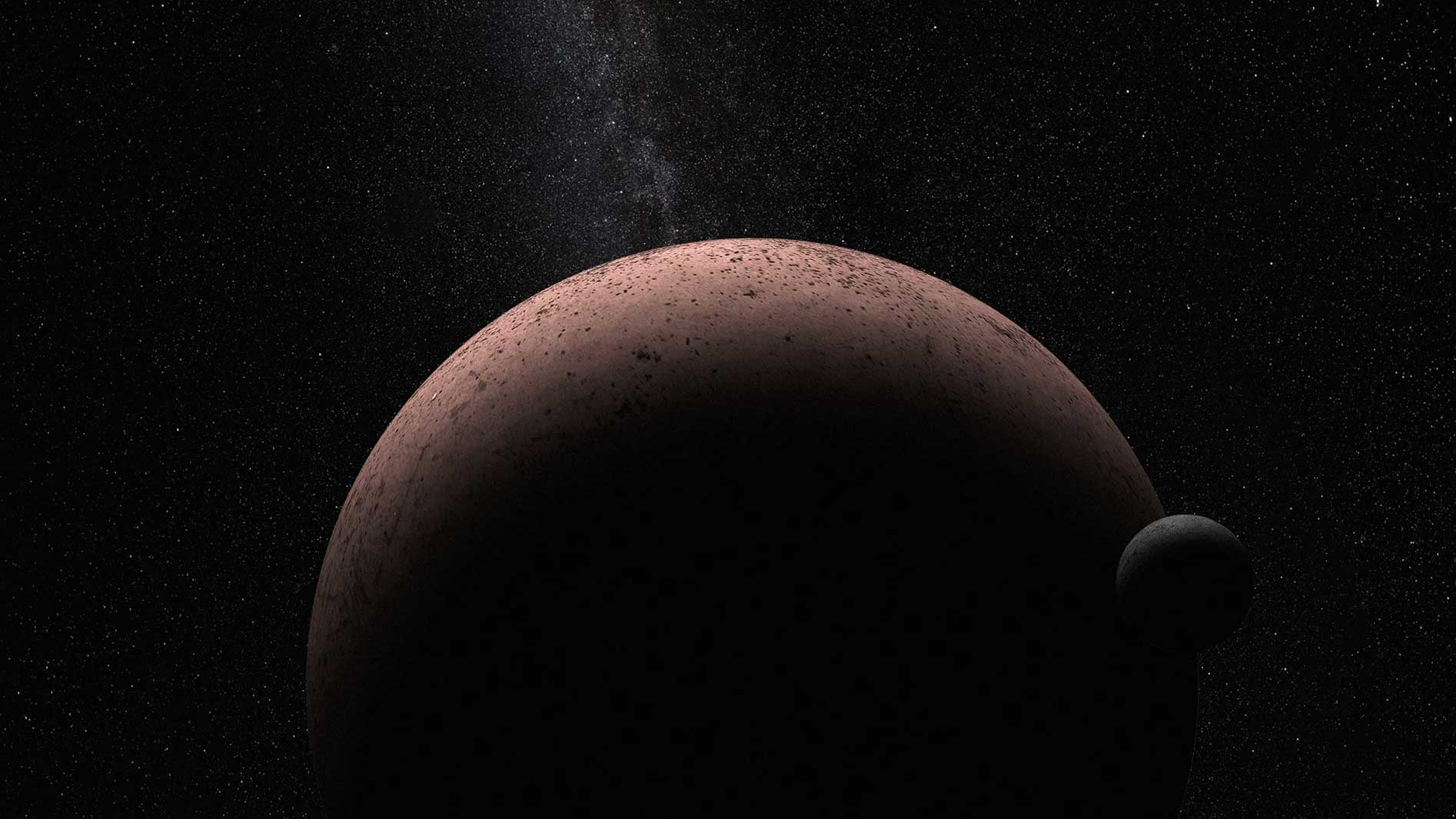
The fourth largest dwarf planet in the solar system, Makemake has an equatorial diameter of about 891 miles (about 1,434 kilometers). Makemake is 1/9 the width of Earth. Makemake orbits the Sun from an average distance of 4.3 billion miles (6.9 billion kilometers), and it’s about 46 times farther from the Sun than is Earth.
Explore Makemake
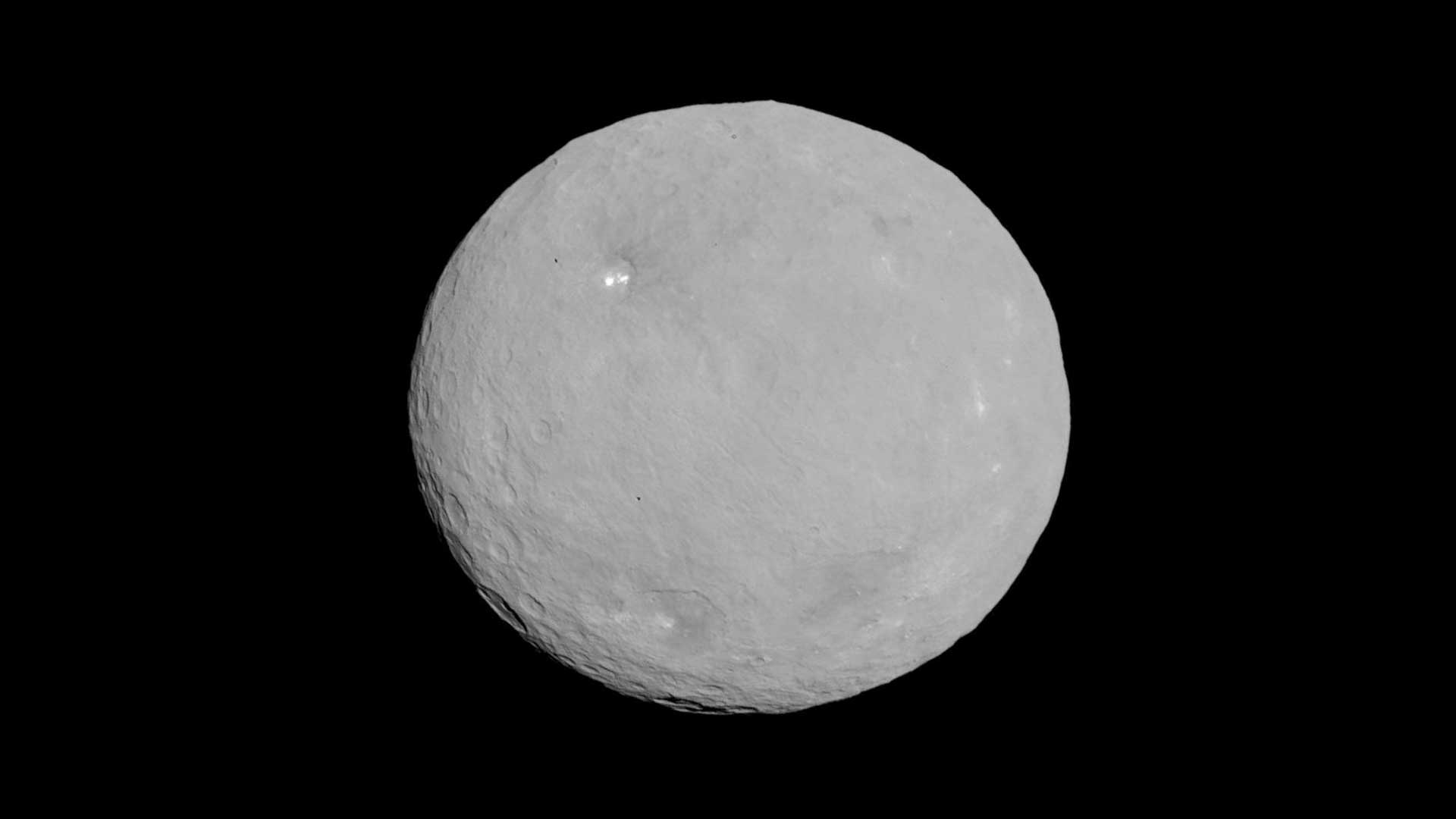
Ceres is the smallest dwarf planet with an equatorial diameter of about 599 miles (about 964 kilometers). Ceres is about 1/13 the width of Earth. The closest dwarf planet to the Sun, Ceres orbits the Sun from an average distance of 257 million miles (413 million kilometers), and it’s about 2.8 times farther from the Sun than Earth.
Order of Planets and Dwarf Planets - Distance From the Sun

- Mercury: 36 million miles (58 million kilometers)
- Venus: 67.2 million miles (108 million kilometers)
- Earth: 93 million miles (149.7 million kilometers)
- Mars: 141.6 million miles (227.9 million kilometers)
- Dwarf planet Ceres: 257 million miles (413 million kilometers)
- Jupiter: 483.7 million miles (778 million kilometers)
- Saturn: 889.8 million miles (1.4 billion kilometers)
- Uranus: 1.8 billion miles (2.9 billion kilometers)
- Neptune: 2.8 billion miles (4.5 billion kilometers)
- Dwarf Planet Pluto: 3.67 billion miles (5.9 billion kilometers)
- Dwarf Planet Haumea: 4 billion miles (6.5 billion kilometers)
- Dwarf Planet Makemake: 4.3 billion miles (6.9 billion kilometers)
- Dwarf Planet Eris: 6.3 billion miles (10 billion kilometers)
Explore More
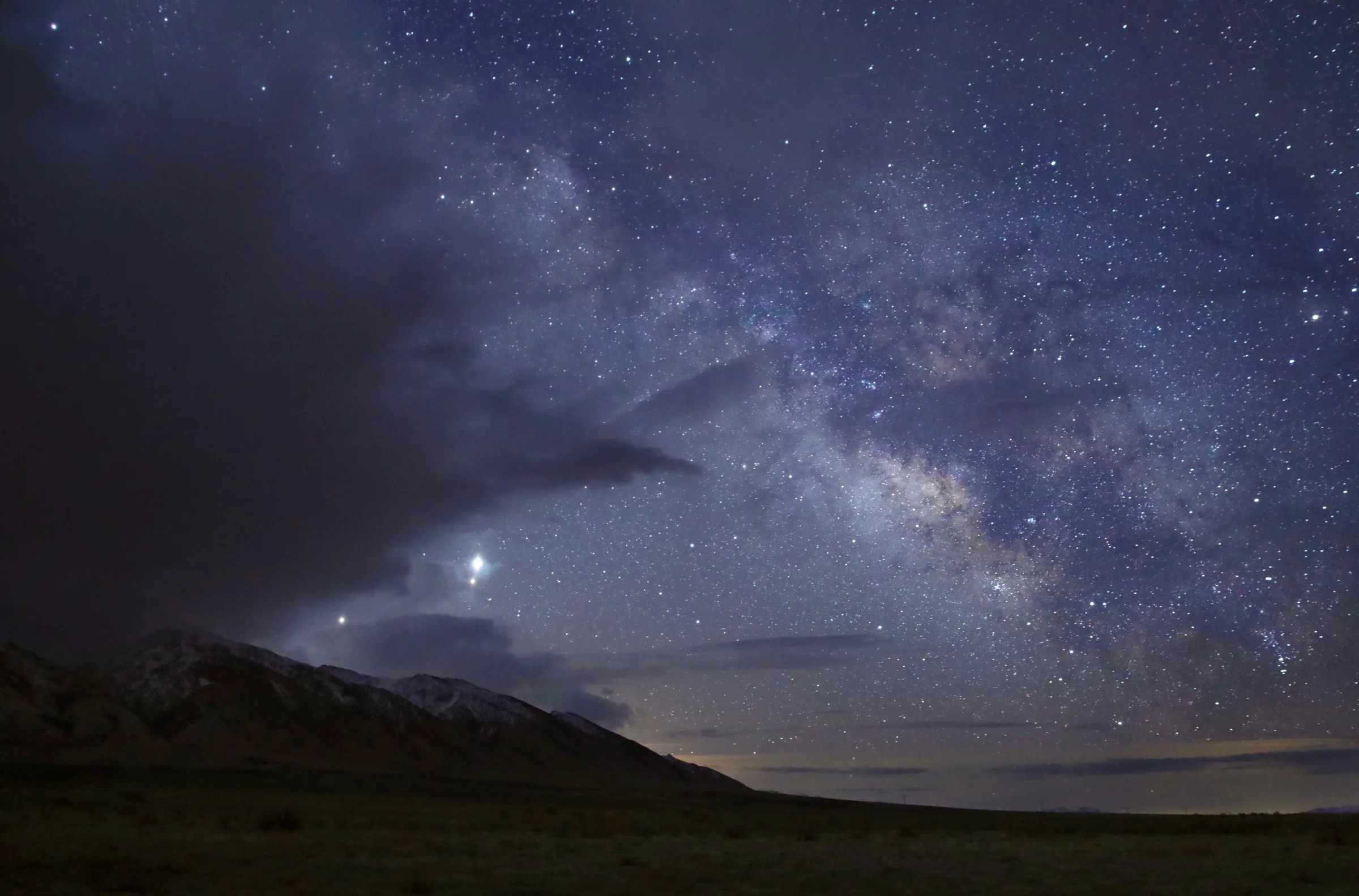
What’s Up: March 2024 Skywatching Tips from NASA
Jupiter plows through the Pleiades on March 14, a chance to spot Mercury at month's end along with a subtle lunar eclipse, and a comet worth keeping an eye on!

March-April 2024: The Next Full Moon is the Crow, Crust, Sap, Sugar, or Worm Moon
The next full moon is the Crow, Crust, Sap, Sugar, or Worm Moon; the Paschal Moon; Purim; the Holi Festival Moon; Madin Poya; the Pothole Moon; a Micromoon, and a Partial Lunar Eclipse.
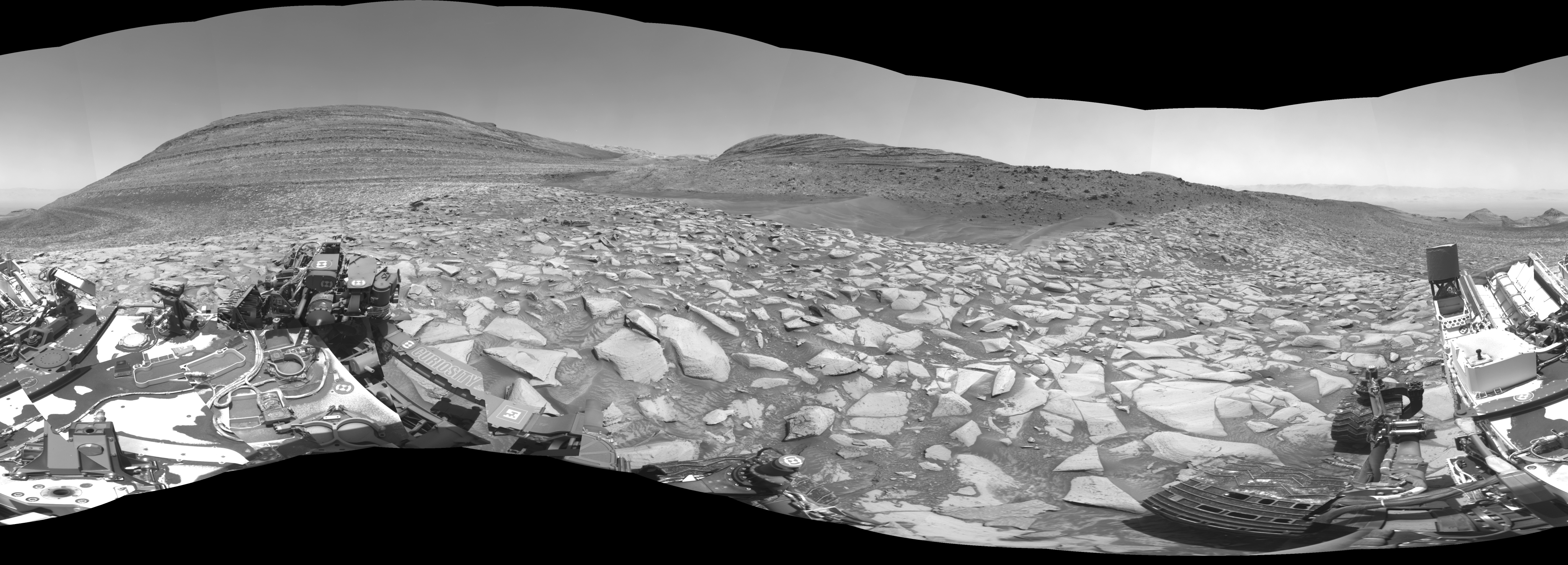
NASA’s Curiosity Searches for New Clues About Mars’ Ancient Water
The rover has arrived at an area that may show evidence liquid water flowed on this part of Mars for much longer than previously thought. NASA’s Curiosity rover has begun exploring a new region of Mars, one that could reveal more about when liquid water disappeared once and for all from the Red Planet’s surface. […]

Where does the solar system end?
The location of the solar system's outer boundary is a point of contention among astronomers. There are three possible candidates, which "all have merit." But which one is best?
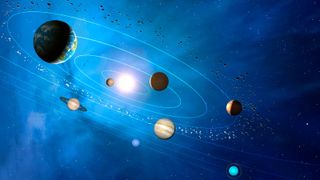
The solar system is an enormous place. Our cosmic neighborhood includes eight planets, around half a dozen dwarf planets, several hundred moons and millions of asteroids and comets, all spinning around the sun — and in many cases each other —at speeds of thousands of miles per hour, like a giant top.
But where does it end? Well, the answer may depend on whom you ask and how they define the solar system .
There are not one, but three potential boundaries to the solar system, according to NASA : the Kuiper Belt, the ring of rocky bodies beyond the orbit of Neptune ; the heliopause, the edge of the sun's magnetic field ; and the Oort Cloud, a distant reservoir of comets that are barely visible from Earth.
The arguments for each boundary "all have merit," which makes choosing between them complicated, Dan Reisenfeld , a researcher at Los Alamos National Laboratory in New Mexico, told Live Science in an email.
But there is one that most astronomers most commonly agree upon.
Related: Have all 8 planets ever aligned?
Kuiper Belt
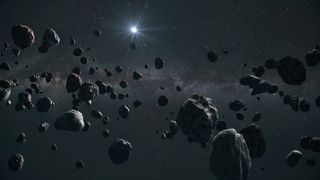
The Kuiper Belt stretches between 30 and 50 astronomical units (AU) away from the sun , according to NASA . (One astronomical unit is equal to the distance between Earth and the sun.)
Sign up for the Live Science daily newsletter now
Get the world’s most fascinating discoveries delivered straight to your inbox.
This region is filled with asteroids and dwarf planets, such as Pluto , that have been ejected from the inner solar system by one-sided gravitational tugs-of-war with the planets.
Some astronomers argue that the Kuiper Belt should be considered the edge of the solar system because it loosely represents the edge of where the sun's protoplanetary disk — the swirling ring of gas and dust that later became the planets, moons and asteroids — would have been.
"If one narrowly defines the solar system as just the sun and its planetary bodies, then the edge of the Kuiper Belt can be considered to be the edge of the solar system," Reisenfeld said.
But this definition of the solar system is considered to be far too simple by some astronomers, such as Caltech's Mike Brown .
"It's not really true," Brown told Live Science in an email. "Things have moved around a lot — mostly outward — since the planets were formed." This means the Kuiper Belt does not contain all of the solar system's "stuff," such as the elusive, hypothetical Planet Nine , which (if it exists) likely lies far beyond the Kuiper Belt .
In October 2023, the discovery of a dozen new objects beyond the Kuiper Belt also hinted that there may be a "second Kuiper Belt" lurking even further out.
The uncertainty around this region's own outer edge therefore makes it an unreliable boundary for the solar system as a whole, some researchers argue.
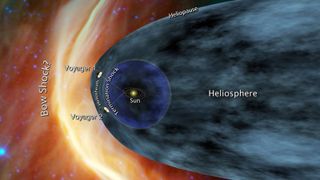
The heliopause is the outer edge of the sun's magnetic influence, known as the heliosphere. At this point, the stream of charged particles emitted by the sun, known as the solar wind, becomes too weak to repel the oncoming stream of radiation from stars and other cosmic entities in the Milky Way .
"Because the plasma inside the heliopause is of solar origin, and the plasma outside the heliopause is of interstellar origin, some people consider the heliopause to be the boundary of the solar system," Reisenfeld said. As a result, the space beyond the heliopause is also often referred to as "interstellar space," or the space between stars , he added.
Two spacecraft have traveled beyond the heliopause: Voyager 1 , which made the crossing in 2012, and Voyager 2, which crossed over in 2018. As the Voyager probes crossed the heliopause, they quickly detected changes in the types and levels of magnetism and radiation hitting them, signifying that they had crossed some kind of border, Brown said.
However, despite its name, the heliosphere is not a perfect sphere . Instead, it is more of an oblong blob because most of the interstellar plasma bombarding the solar system hits us from one direction, which creates a bow shock — a rounded shock wave that deflects incoming radiation around the rest of the solar system. The bow shock is located around 120 AU from the sun, and creates a long tail that stretches at least 350 AU from the sun in the opposite direction.
Using the heliopause to delineate the solar system therefore leaves us with a lopsided neighborhood, which goes against some researchers perceptions of planetary systems.
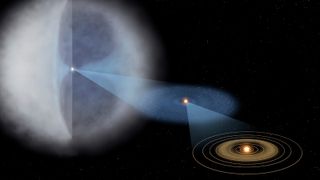
The Oort Cloud is the furthest and most expansive potential solar system boundary, extending up to around 100,000 AU from the sun, according to NASA .
"People who define the solar system as everything that is gravitationally bound to the Sun consider the edge of the Oort cloud to be the edge of the solar system," Reisenfeld said.
For some researchers, this is the clear choice for a solar system boundary because in theory, a planetary system consists of all objects orbiting a star.
"I don't understand how anyone considers anything other than the Oort Cloud to be the edge of the solar system," Sean Raymond , an astronomer at the Bordeaux Astrophysics Laboratory in France, told Live Science in an email. "Any other definition seems ludicrous. It is literally the edge of where something can orbit the Sun."
However, other researchers believe that because the Oort Cloud is located in interstellar space, it lies beyond the solar system even if it is bound to our home star.
There is also a large amount of uncertainty about where the Oort Cloud actually ends, which some would argue makes it just as unreliable a border as the Kuiper Belt.
Which boundary is best?
Out of the three possible boundaries, the heliopause is the one that is most often used by researchers, and by NASA, to define the solar system's edge. This is because it is the easiest to pin down and because the magnetic properties on either side of it are significantly different.
"I would argue for the heliopause to be the boundary because it really is a boundary," Reisenfeld said. "Once you've passed it, you know it."
— How many times has Earth orbited the sun?
— How many times has the sun traveled around the Milky Way?
— What's the maximum number of planets that could orbit the sun?
But that doesn't mean that everything beyond the heliopause should be considered an interstellar object, such as the enormous space rock 'Oumuamua , Reisenfeld added. "The Oort Cloud was originally part of the same stuff that the planets were formed from, so it is composed of solar system material, not interstellar material," he said.
But while some researchers are happy to pick a side in this argument, others see no reason why the solar system cannot have multiple boundaries.
"I would say that there is no actual debate," Brown said. "There are just different ways to define it depending on what is important for the question you are trying to answer."

Harry is a U.K.-based senior staff writer at Live Science. He studied marine biology at the University of Exeter before training to become a journalist. He covers a wide range of topics including space exploration, planetary science, space weather, climate change, animal behavior, evolution and paleontology. His feature on the upcoming solar maximum was shortlisted in the "top scoop" category at the National Council for the Training of Journalists (NCTJ) Awards for Excellence in 2023.
Defying the odds, Japan's SLIM lander survives 2nd night on the moon
4 ways you can help NASA study the April 8 solar eclipse
Powerful X-class solar flare slams Earth, triggering radio blackout over the Pacific Ocean
Most Popular
By Keumars Afifi-Sabet March 29, 2024
By Carys Matthews March 29, 2024
By Jamie Carter March 29, 2024
By Nicoletta Lanese March 28, 2024
By Kristina Killgrove March 28, 2024
By Jennifer Nalewicki March 28, 2024
By Joe Rao March 28, 2024
By Sascha Pare March 28, 2024
By Lobato Felizola March 28, 2024
- 2 MIT scientists have just figured out how to make the most popular AI image generators 30 times faster
- 3 James Webb telescope confirms there is something seriously wrong with our understanding of the universe
- 4 'You could almost see and smell their world': Remnants of 'Britain's Pompeii' reveal details of life in Bronze Age village
- 5 How to safely record the April 8 eclipse with your phone
- 2 Polar vortex is 'spinning backwards' above Arctic after major reversal event
- 3 The 7 most powerful supercomputers in the world right now
- 4 Single enormous object left 2 billion craters on Mars, scientists discover

Scientists look for signs of alien technology in mysterious perfectly synchronised solar system
S cientists are looking for evidence of alien technology in a faraway solar system with the most perfect mathematical alignment and synchrony of planets ever seen.
The solar system, about 100 light years away from ours, has six planets orbiting an orange dwarf star called HD 110067.
Each of the planets, researchers say, orbits in harmony with its adjacent ones in extremely rare perfect synchrony, suggesting they likely remain undisturbed since their formation a billion years ago.
The six planets, scientists found, move similar to a perfectly synchronized symphony known as resonance that is “precise” and “very orderly”.
“Amongst the over 5000 exoplanets discovered orbiting other stars than our Sun, resonances are not rare, nor are systems with several planets. What is extremely rare though, is to find systems where the resonances span such a long chain of six planets,” Hugh Osborn from the University of Bern, who was part of the team that found this planet system, said.
Astronomers are looking for radio signals from these planets, smaller than the size of Neptune, that may likely point to evidence for past or present alien technology, or technosignatures.
The idea of searching for “technosignatures” on other worlds has been considered by astronomers for more than half a century.
On Earth, for instance, one of the strongest such signs of technology is the emission from nightside city lights.
But finding signs of alien civilisations using such signatures is difficult mainly since the Milky Way galaxy is very big.
Researchers can study the spectrum of radio emissions that are produced from Earth-based technology and extrapolate this to what an alien world may produce.
While looking for signs of technology in other worlds, researchers generally focus on radio transmissions such as the famous “Wow!” signal.
In the latest study, scientists covered frequencies from 1 to 11.2 giga hertz using the Green Bank Telescope (GBT) in West Virginia, US.
Researchers did not find any technosignatures in the current study, but say this “unusual” solar system remains an interesting target for future search for the signs of alien life as some of these worlds are likely to have liquid water.
“While we find no signals with this search, we anticipate returning to this system and others like it in the future with increasingly sensitive and diverse search methods,” they wrote in the study.
The Independent is the world’s most free-thinking news brand, providing global news, commentary and analysis for the independently-minded. We have grown a huge, global readership of independently minded individuals, who value our trusted voice and commitment to positive change. Our mission, making change happen, has never been as important as it is today.


IMAGES
VIDEO
COMMENTS
The author of a new research article in the International Journal of Astrobiology says that ETCs may not need starships to escape existential threats and travel to another star system. They could instead use free-floating planets, also known as rogue planets. The article is "Migrating extraterrestrial civilizations and interstellar colonization ...
Interstellar travel is the hypothetical travel of spacecraft from one star system, solitary star, or planetary system to another. Interstellar travel is expected to prove much more difficult than interplanetary spaceflight due to the vast difference in the scale of the involved distances. Whereas the distance between any two planets in the Solar System is less than 55 astronomical units (AU ...
Starshot evaluated more than 20 ideas for propulsion beyond the Solar System, but "virtually all" seemed out of reach, says Pete Worden, the project's executive director. They settled on one ...
The truth is that interstellar travel and exploration is technically possible. There's no law of physics that outright forbids it. But that doesn't necessarily make it easy, and it certainly doesn ...
Exoplanet Exploration Program. NASA's science, technology and mission management office for the exploration of exoplanets. The program's primary goals, as described in the 2014 NASA Science Plan, are to discover planets around other stars, to characterize their properties and to identify planets that could harbor life. Program Home.
A light curve from NASA's James Webb Space Telescope's Near-Infrared Spectrograph (NIRSpec) shows the change in brightness from the LHS 475 star system over time as the planet transited the star on August 31, 2022. LHS 475 b is a rocky, Earth-sized exoplanet that orbits a red dwarf star roughly 41 light-years away, in the constellation Octans.
Finding smaller planets, the Earth twins, is a tougher challenge because they produce fainter signals. Technology to detect and image these Earth-like planets is being developed now for use with the future space telescopes. The ability to detect alien life may still be years or more away, but the quest is underway.
One year ago, NASA's Voyager 2 probe became just the second human-made object in history to exit the solar system and officially enter interstellar space. Voyager 2 was launched on August 20 ...
The spacecraft propulsion system that could help us access another star for the first time, using a combination of lasers and a satellite. ( Supplied: Breakthrough Initiatives )
NASA. A team of scientists have calculated how long it would take four operating spacecraft to reach the nearest star. The researchers compared the predicted paths of four spacecraft to the paths ...
February 18, 2022. By cosmic standards, Proxima Centauri is right next door. At 4.2 light-years away, it is the closest star to our sun, which makes the planets around Proxima the closest planets ...
The fastest object mankind has ever crafted is the Voyager 1 spacecraft, which just recently left our solar system (we think). Its maximum speed is 38,610 miles per hour. The craft we'd have to ...
Interplanetary spaceflight or interplanetary travel is the crewed or uncrewed travel between stars and planets, usually within a single planetary system. In practice, spaceflights of this type are confined to travel between the planets of the Solar System.Uncrewed space probes have flown to all the observed planets in the Solar System as well as to dwarf planets Pluto and Ceres, and several ...
The heliosphere—made of solar wind, solar transients, and the interplanetary magnetic field—acts as our solar system's personal shield, protecting the planets from galactic cosmic rays. These ...
The distance light travels in one year is about 5.9 trillion miles. Even if we had the technology to travel at the speed of light, it would take more than four years to get to Alpha Centauri. Joe ...
Trappist-1 Solar System 3. In February 2017, NASA announced they discovered seven Earth-like planets 39 light-years away in a solar system called Trappist-1. It has several planets that may be in their Sun's habitable zone, similar to Earth. Any one of these planets might support life, as we know it.
These two unmanned space probes - Voyager 1 and Voyager 2 - were launched in 1977. They're now heading out of our solar system. The Voyagers aren't aimed toward Alpha Centauri, but if they ...
The travel time to an Earthlike planet in another solar system makes that journey impossible. At the rate we are going, human survival on Earth will be very brief, on a geologic time scale.
Space Travel Calculator. Calculate how long it would take to reach planets, stars, or galaxies, as well as fuel mass, velocity and more! Planets Solar System Objects Questions Kids Buyer's Guides. Select Your Destination. Choose Universe Model. Acceleration. Spaceship Mass. Distance.
As part of our No Man's Sky guide, we're going to explain how to warp to a new system and explore a new collection of planets. 1. No Man's Sky: How to Travel to a New Star System. 1.1. Get the ...
Voyager 1 will leave the solar system in roughly 20,000 years so you could say humanity will leave the solar system but if you're talking about a human leaving it could happen but it wouldn't be for long long long time. I sadly believe human race will go exist pretty much before that could happen.
Mars is the most frequently visited planet in the solar system. Image credit: NASA. Mars is the most frequently visited planet in our solar system. While humans have yet to land on the Martian surface, space agencies have sent a number of rovers, landers, and satellites to study the Red Planet. During its closest approach, Mars is about 51 ...
The planet: TIC 172900988 b The discovery: A newly discovered planet about as big around as Jupiter belongs to a system that's a stunner. The planet orbits two stars and, viewed from Earth, crosses the faces of both. That means this system put on quite a show for astronomers: They observed the two stars make a total of three eclipses, while the planet traced its way across one star and then ...
Mercury is the smallest planet in our solar system. Mercury is a little more than one-third the width of Earth, and has an equatorial diameter of about 3,032 miles (4,880 kilometers). Mercury is the closest planet to the Sun, orbiting at an average distance of 36 million miles (58 million kilometers).
The Oort Cloud (left) is much larger than the inner solar system (right) or the Kuiper Belt (center). (Image credit: Getty Images) The Oort Cloud is the furthest and most expansive potential solar ...
The solar system, about 100 light years away from ours, has six planets orbiting an orange dwarf star called HD 110067. Each of the planets, researchers say, ...